These towns were born out of grand dreams, but today, they stand as ghostly reminders of the past. They were once bustling with people, but due to unfortunate circumstances or poor decisions, they now lie deserted. From countless empty châteaux to quirky UFO-shaped vacation houses that couldn’t find owners, explore these abandoned places that have been left untouched for years. Keep reading to uncover their fascinating stories…
State Guest Mansions, Shenyang, China
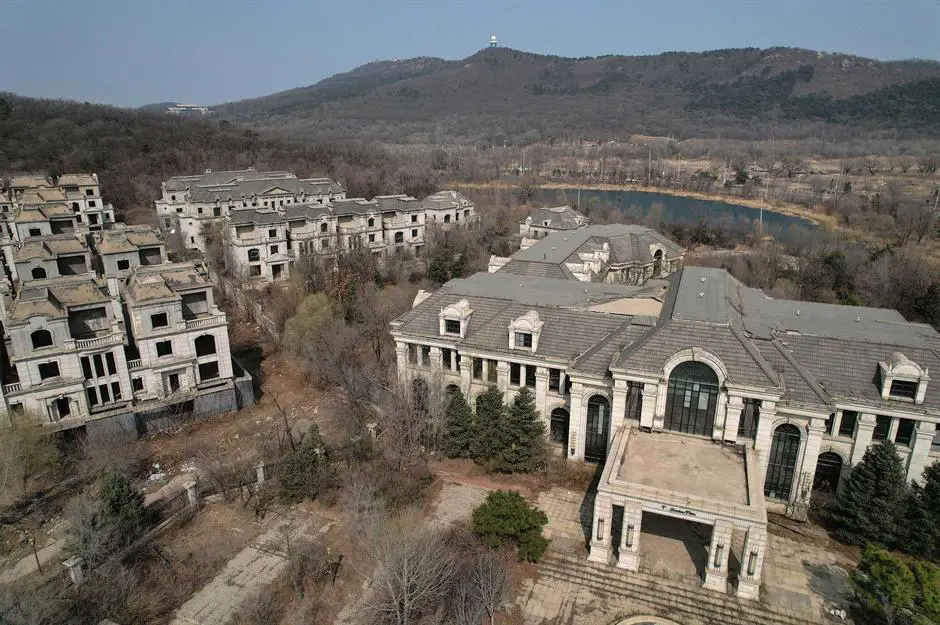
State Guest Mansions, located in Shenyang, China, started as an ambitious project in 2010 by the Chinese real estate giant, Greenland Group. It aimed to create an upscale neighborhood featuring 260 opulent homes equipped with alluring amenities, targeting China’s millionaire elite. However, a mere two years later, these grand plans were abandoned, and these European-style châteaus were left to decay. A local farmer remarked, “These homes would have fetched millions, but even the wealthy didn’t purchase any. They weren’t meant for regular folks.”
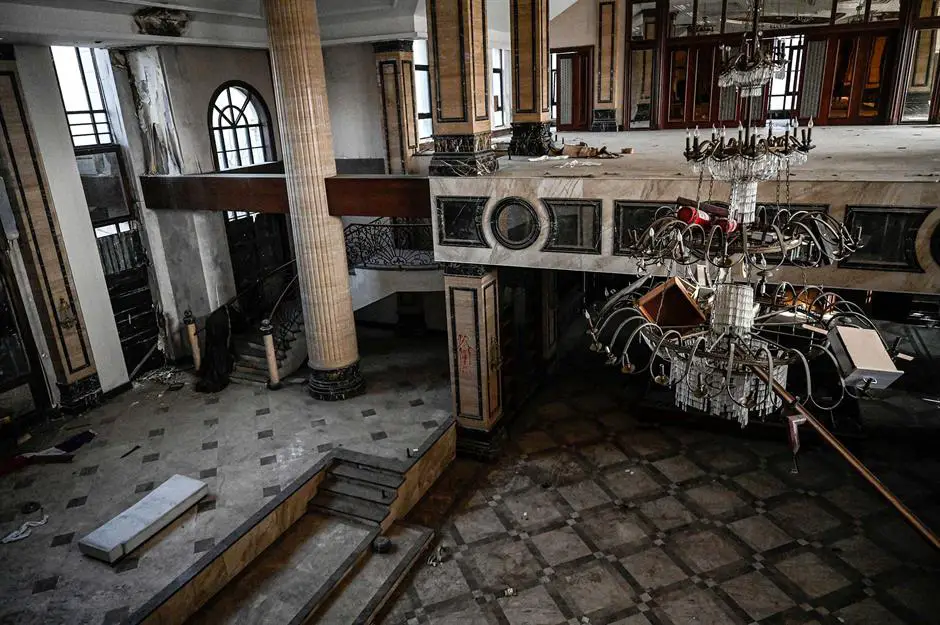
As seen in these photos captured in March 2023, the project now stands as a ruin. The level of detail that went into crafting these now hauntingly abandoned villas is evident, from the massive chandeliers to the marble floors and ornate columns. During that period, China’s economy and real estate sector were on the rise. However, with President Xi Jinping coming to power in 2012, there was a shift.
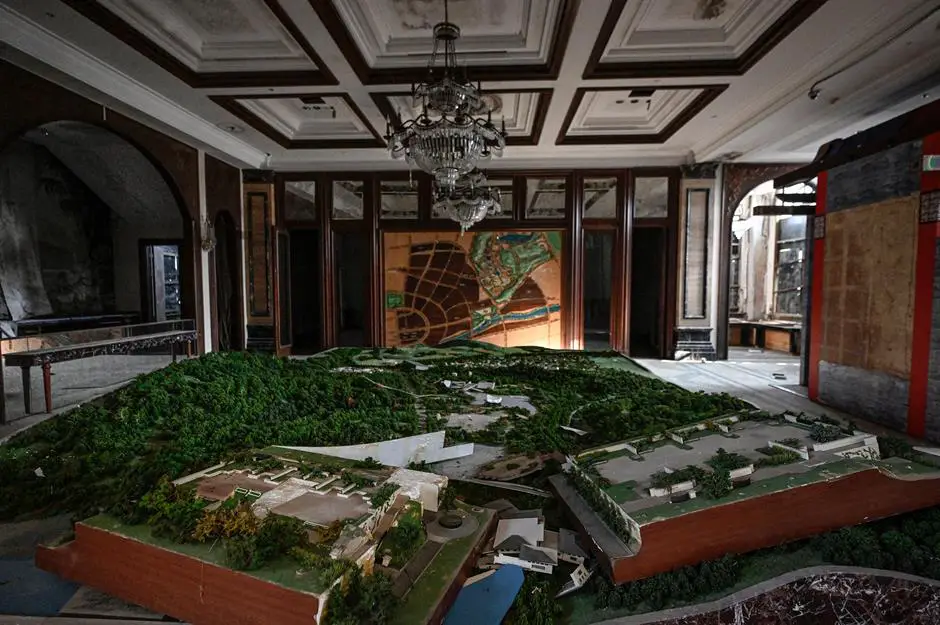
An anti-corruption campaign curtailed ostentatious displays of wealth, leading to a reduction in funding for developments like this one, resulting in abandoned and half-finished projects. In 2020, the government further tightened controls on excessive borrowing, causing the demand for extravagant homes to dwindle. Consequently, many ghost towns, referred to as “rotten-tail” homes in Chinese, now dot the landscape. A report even suggests that nearly 4% of housing projects in China were abandoned halfway as of June 2022.
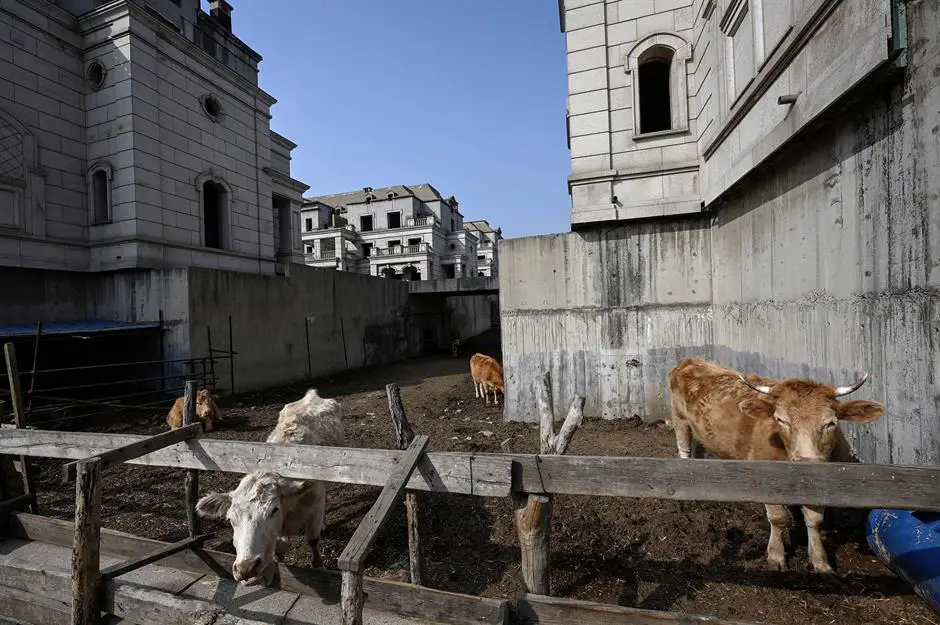
Nonetheless, the loss of the developer has turned into a gain for the local community. This somewhat eerie neighborhood has been given a new purpose, albeit quite different from its original intent. Farmers have moved in and converted the ghost town into their own makeshift farming oasis. They till the wide dirt roads, cultivating crops nourished by water from the artificial lake. They’ve constructed enclosures among the villas to house their livestock and poultry, and the garages intended for supercars now shelter stacks of hay and farming equipment. While the completion of the project seems unlikely, the locals are making the most of what might just be one of the world’s most extraordinary improvised farms!
McMansion Ghost Town, Missouri, USA
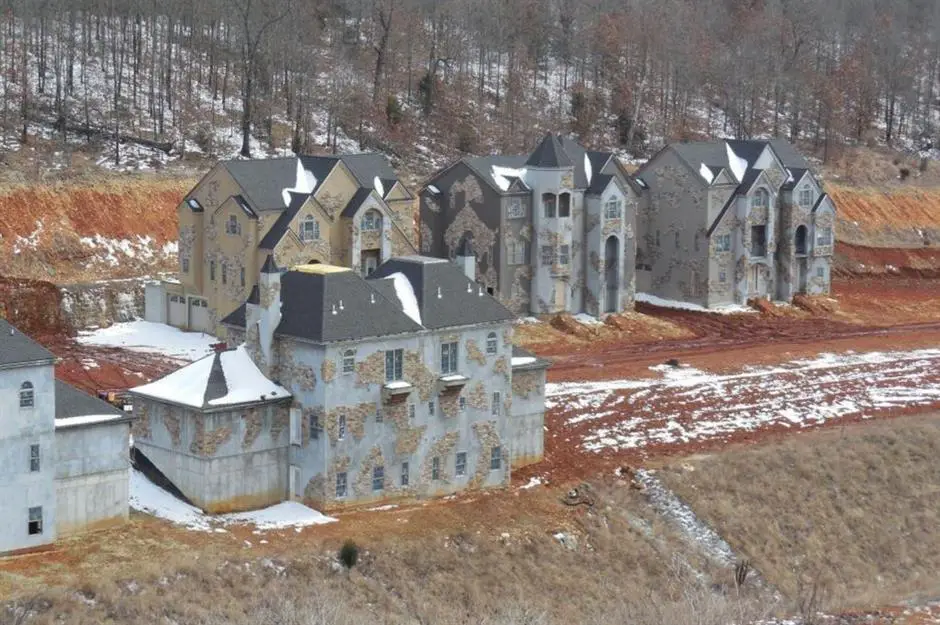
The Indian Ridge Resort Community, once envisioned as a lavish, multibillion-dollar development, turned into a nightmare for those who invested in it. Now infamous as the McMansion Ghost Town, this eerie place serves as a stark reminder that money can’t buy everything. Plans for this ultra-exclusive community in Branson West, Missouri, were unveiled in 2006, with an estimated project cost of $1.6 billion (£1.3bn). Prospective investors were tantalized with promises of a cutting-edge Ozarks compound that would cater to every millionaire’s desires, featuring amenities like a shopping mall, a luxury hotel, and a collection of modern castle-like houses.
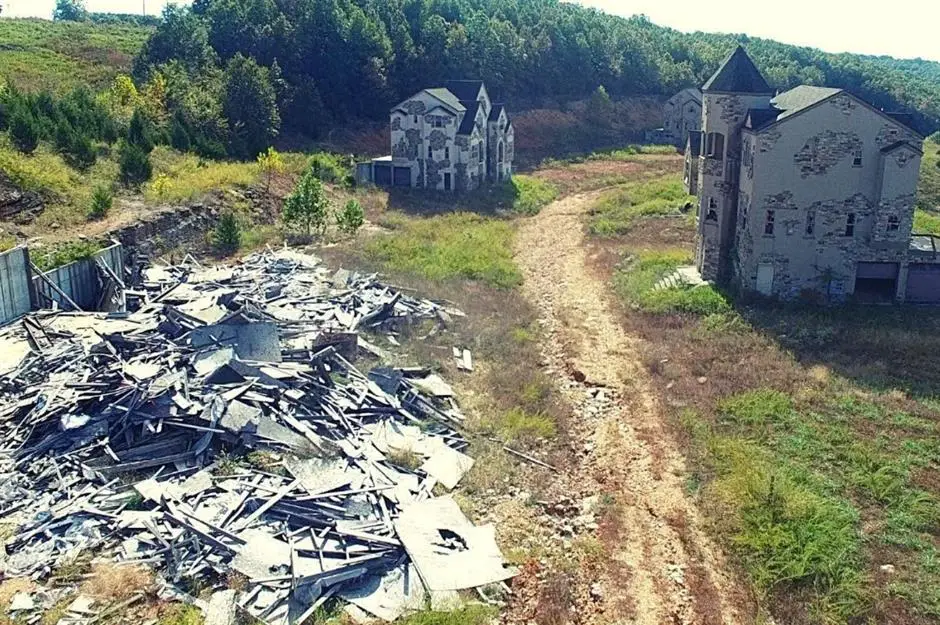
However, sadly, the dreams of those who invested in this project were dashed. The global financial crisis struck, leading to defaulted bank loans and an abrupt halt to construction. Only 13 homes were initiated, and 15 years later, the 900-acre development remains incomplete. Left to decay, the abandoned mansions have lost their allure. The couple behind the YouTube channel Our 80s Life ventured to the site and captured a revealing video showcasing the eerie state of the community today.
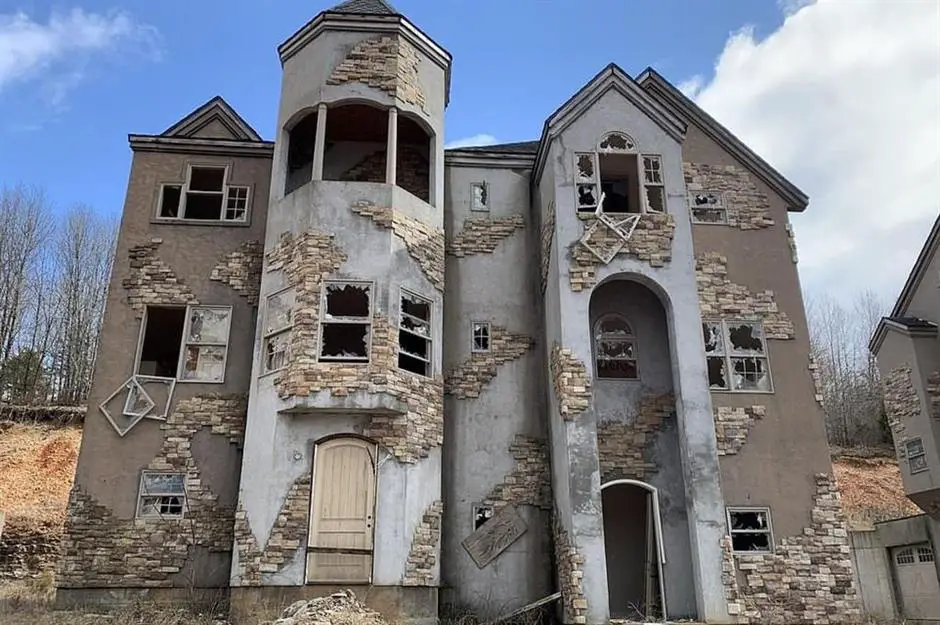
Upon close inspection, you can still discern the ambitious vision behind the development. This unique ghost town boasts grand yet unfinished mansions that have succumbed to the forces of nature. Weeds and trees have infiltrated the interiors of these homes, and many windows are shattered or missing. Wrapped in controversy, this abandoned estate was at the center of one of the largest real estate fraud investigations in American history in 2017. KY3 reported that at least three of the developers involved were imprisoned for bank fraud and money laundering. Those found guilty were also required to repay the $14 million (£11m) they borrowed under false pretenses.
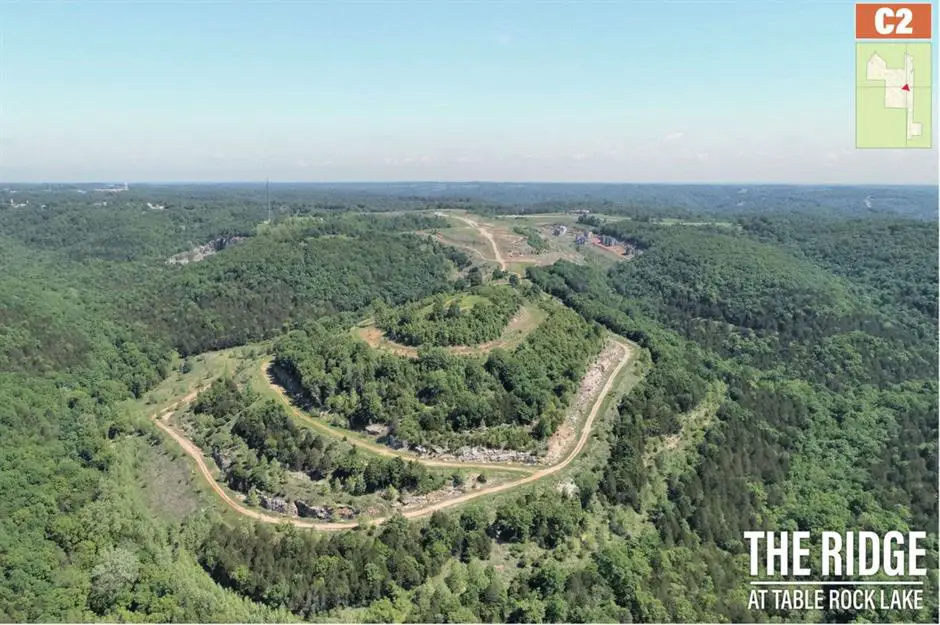
Despite its shady origins, there was a glimmer of hope for this forsaken town. The Brookwood Group, a high-end property developer, acquired the vast estate and unveiled their plans in 2018. They proposed a new community called The Ridge at Table Rock Lake, which would offer luxury homes alongside a hotel, hospitality, entertainment, and healthcare facilities right in the heart of the Ozarks. However, these plans seem to have faded away. In October 2022, the theme park Silver Dollar City confirmed that they had purchased the site and intended to demolish the townhouses to make room for a new development.
Skrunda-1 Soviet town, Raņķi Parish, Latvia
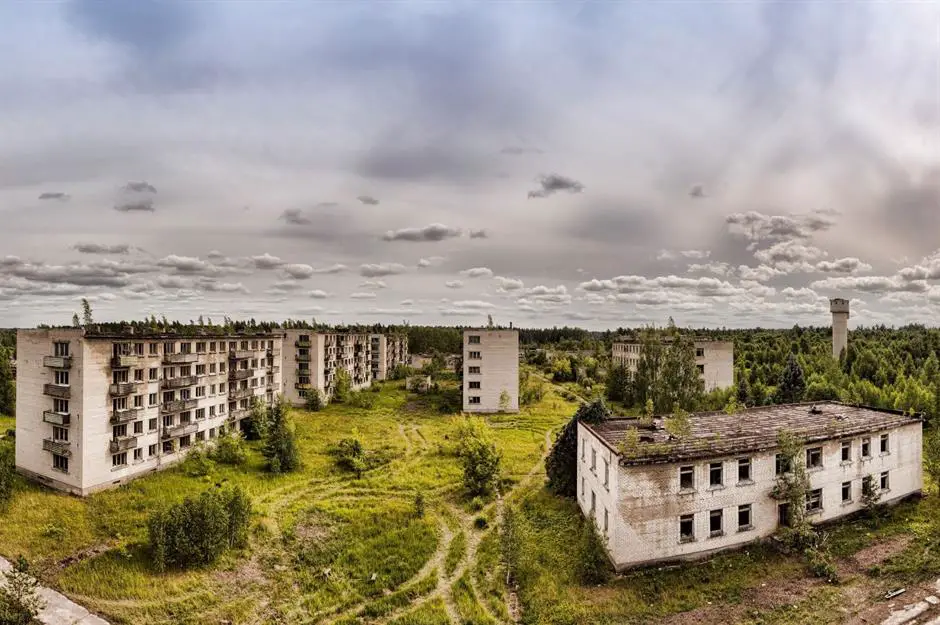
Located 93 miles west of Riga, the peaceful Latvian town of Skrunda holds a somewhat eerie secret. Referred to as Skrunda-1, this former Soviet urban center now sits abandoned amidst the countryside, serving as a haunting testament to Latvia’s tumultuous history.
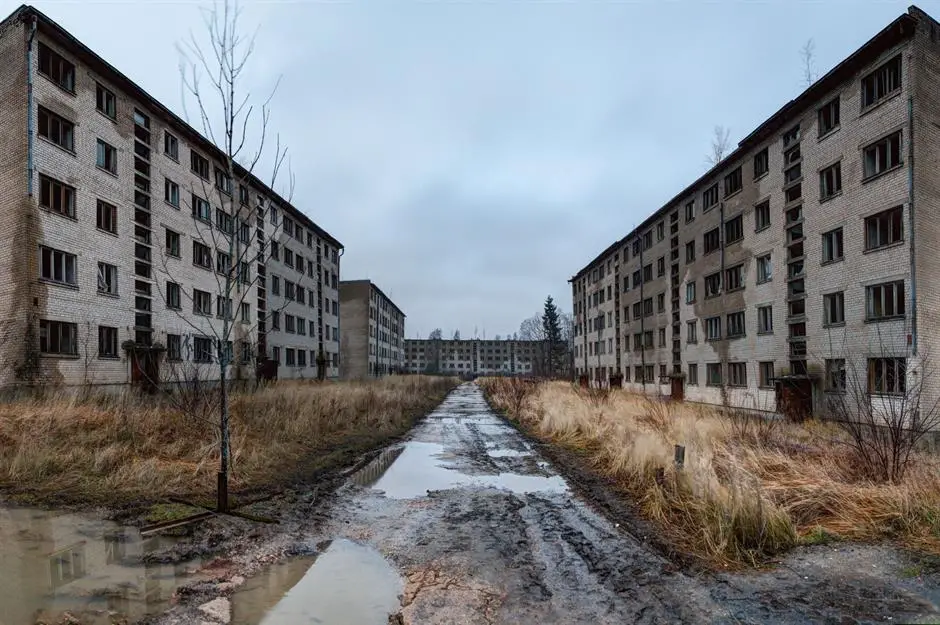
This Communist-era city was erected in the 1960s and featured 10 imposing Brutalist apartment blocks, a supermarket, gymnasium, school, and even a nightclub. What made it particularly significant during its heyday were the underground bunkers and radar stations strategically positioned on the site. These radar stations played a crucial role for the Soviet Union, covering a vast expanse of western Europe. They were responsible for detecting objects in space and monitoring the possibility of incoming ballistic missiles that could have posed a severe threat to the country.
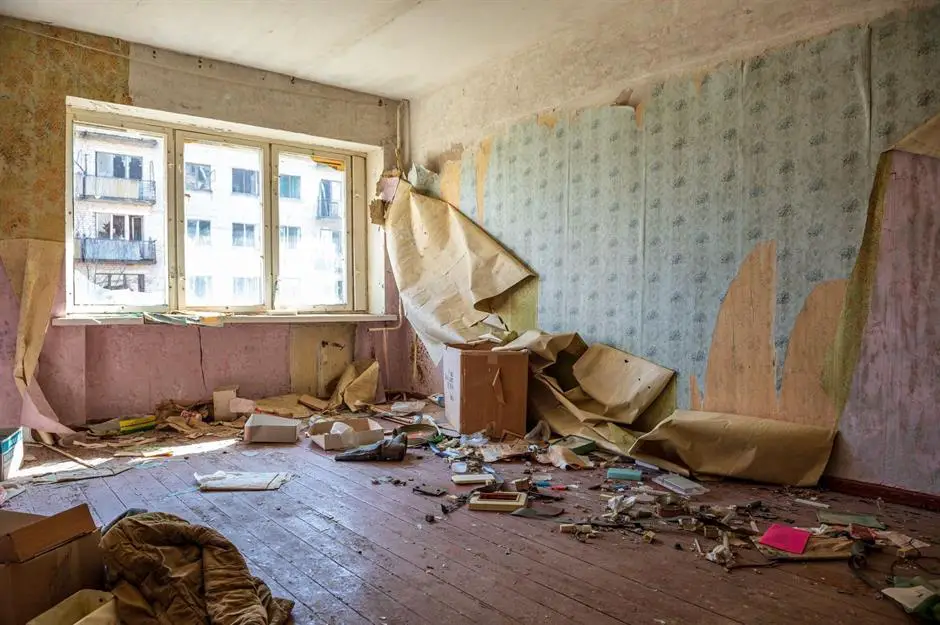
Skrunda-1 is believed to be one of 40 secret settlements constructed by the Soviets during their peak of power. Initially a thriving community that housed both military and civilian residents, Skrunda-1 fell into disrepair when the Soviet Union dissolved in 1991. The last remaining inhabitants are said to have left the town in 1999, leaving behind untouched buildings filled with remnants of everyday life, including photographs, clothing, furnishings, newspapers, and children’s toys.
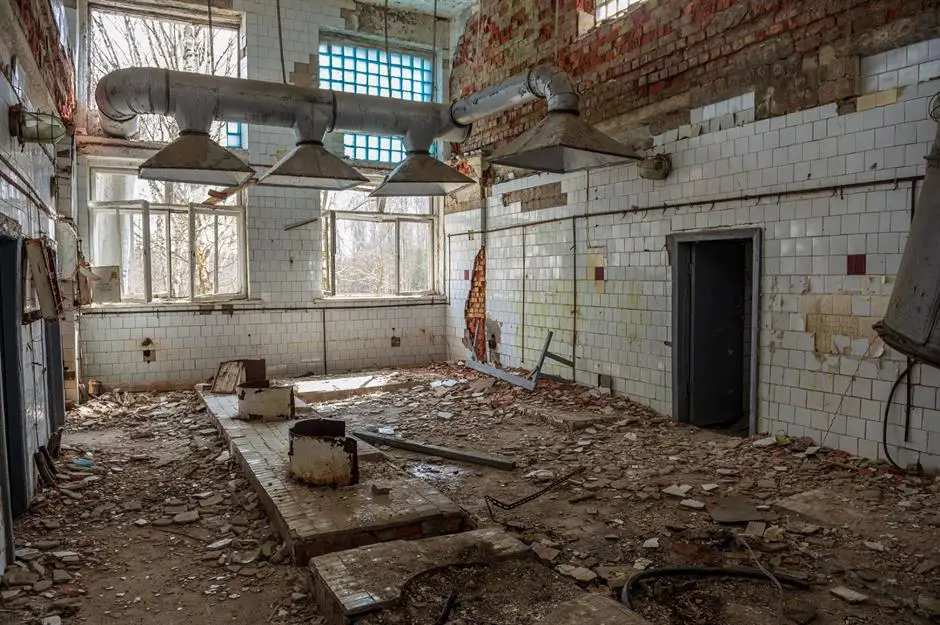
In 2015, the Latvian government acquired the town for approximately $14,000 (£11k) from a private company. The initial plan was to redevelop half of the town for military purposes, while the other half would be transformed into housing for local residents. However, it seems that no substantial updates have occurred in the years following the purchase, leaving the future of Skrunda-1 shrouded in mystery.
Sanatorio de Abona, Tenerife, Spain
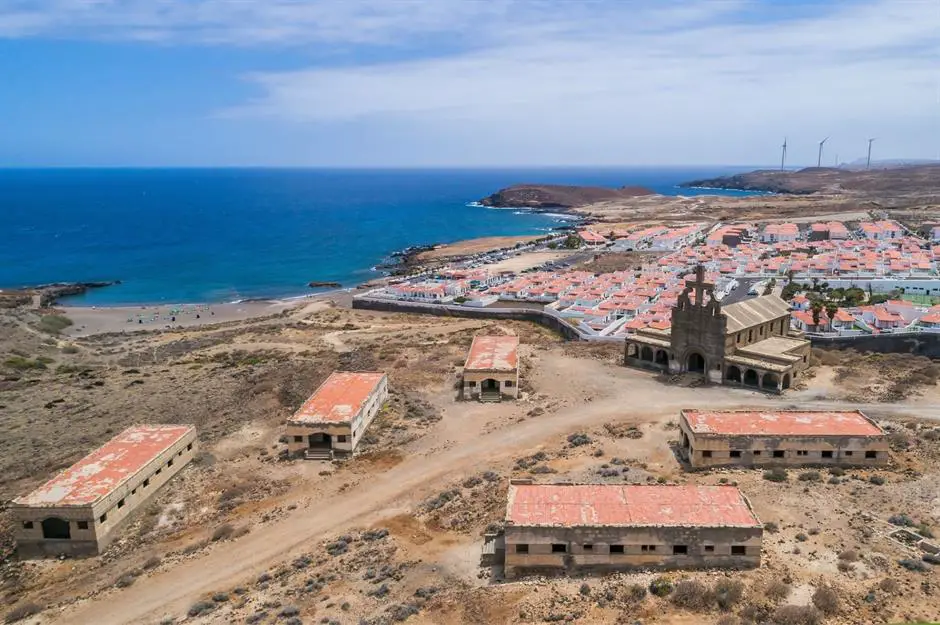
The Spanish island of Tenerife is renowned for its dramatic volcanic terrain, striking black-and-white sand beaches, and stunning azure waters. Yet, hidden amidst this picturesque holiday destination lies a unique and little-known historical site.
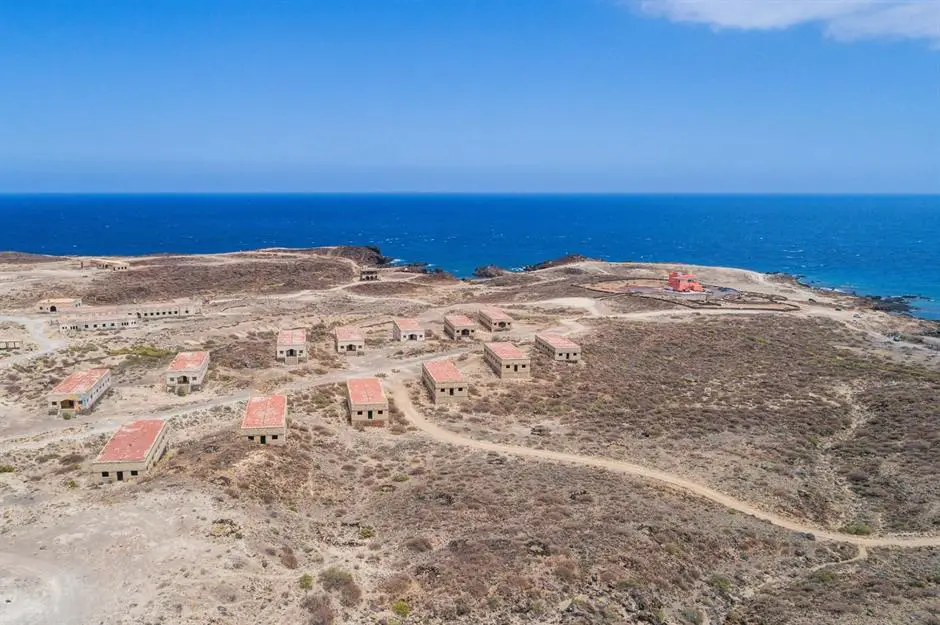
Perched on a scenic cliff face along the island’s southeast coast, you’ll discover the Sanatorio de Abona. This sanatorium was designed in 1943 by the Spanish architect José Enrique Marrero Regalado in response to a leprosy outbreak that was threatening the country.
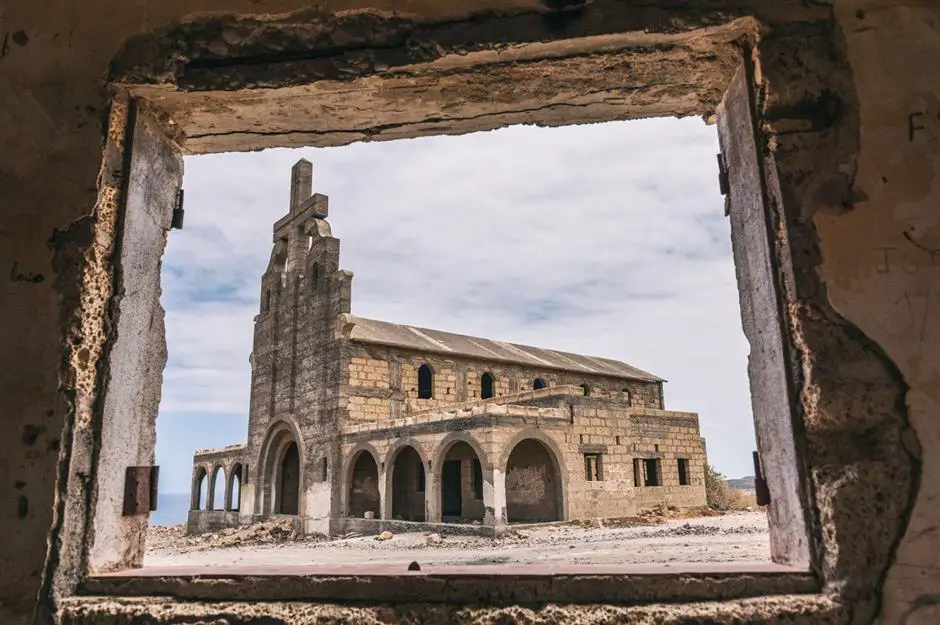
During that era, it was believed that isolating individuals in a hot and dry climate was the most effective way to treat this progressive bacterial infection. Thus, Tenerife became the ideal location to create purpose-built colonies where the afflicted could quarantine together. Named Sanatorio de Abona, this small town was intended to consist of forty structures, including a church, a crematorium, a hospital, and various types of accommodations.
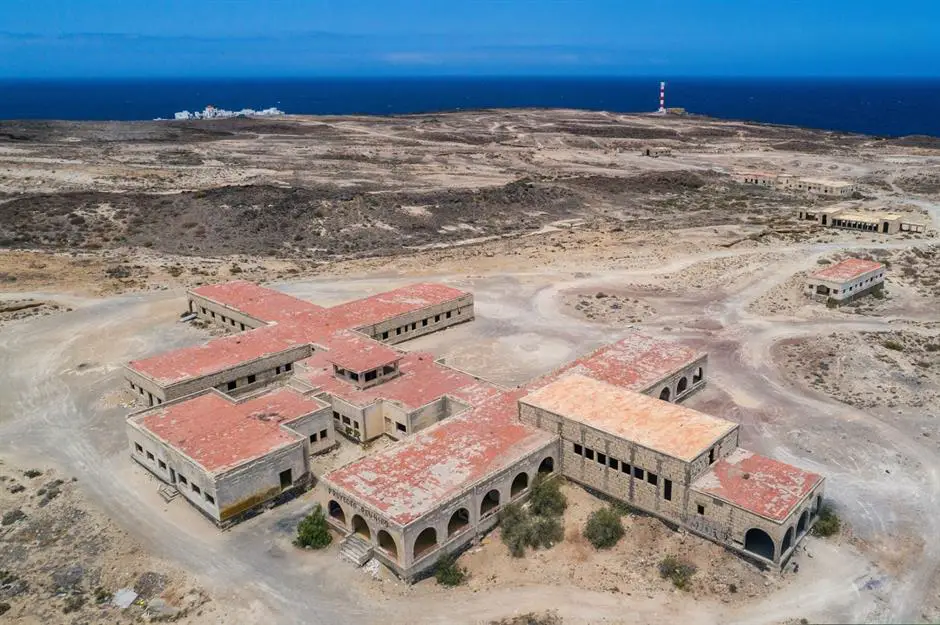
However, by 1945, a new antibiotic had emerged that proved highly effective in treating leprosy symptoms. This development rendered the sanatorium obsolete even before it could be completed. Construction work came to an abrupt halt, leaving many of the buildings only partially finished and wasting the $77,630 that had already been invested in the project—an amount equivalent to approximately $1.3 million (£1m) in today’s currency. Sitting vacant for nearly eight decades, Tenerife’s abandoned leper colony has transformed into an off-the-beaten-track tourist attraction. Nevertheless, it’s only a matter of time before this place sees redevelopment.
Craco, Matera, Italy
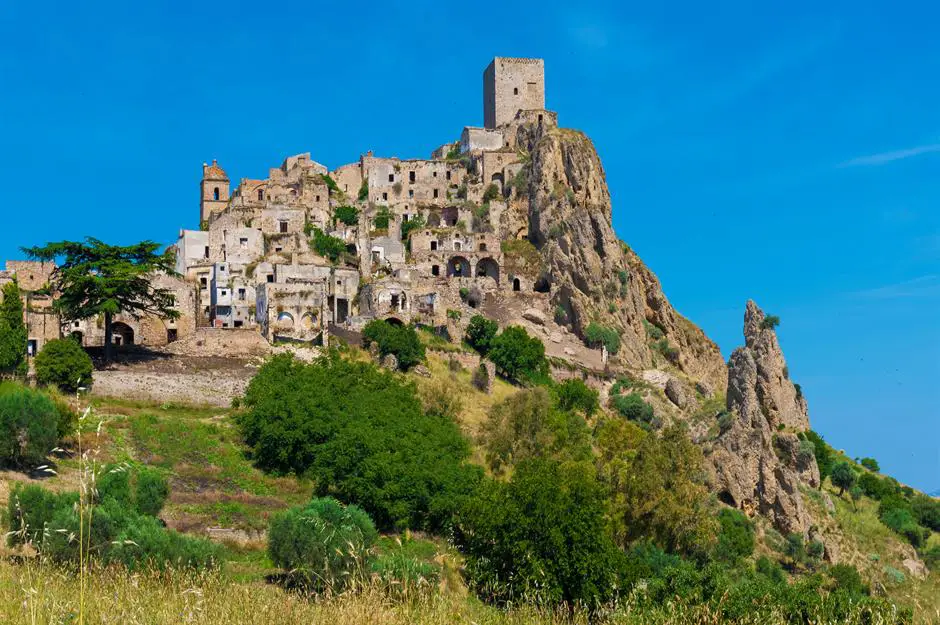
Nestled in the enchanting southern Italian province of Matera, Craco stands as one of the unluckiest villages in the world. Despite being situated in one of the most beautiful countries on Earth, it faced decades of relentless challenges from Mother Nature, ultimately leading to its abandonment in 1980.
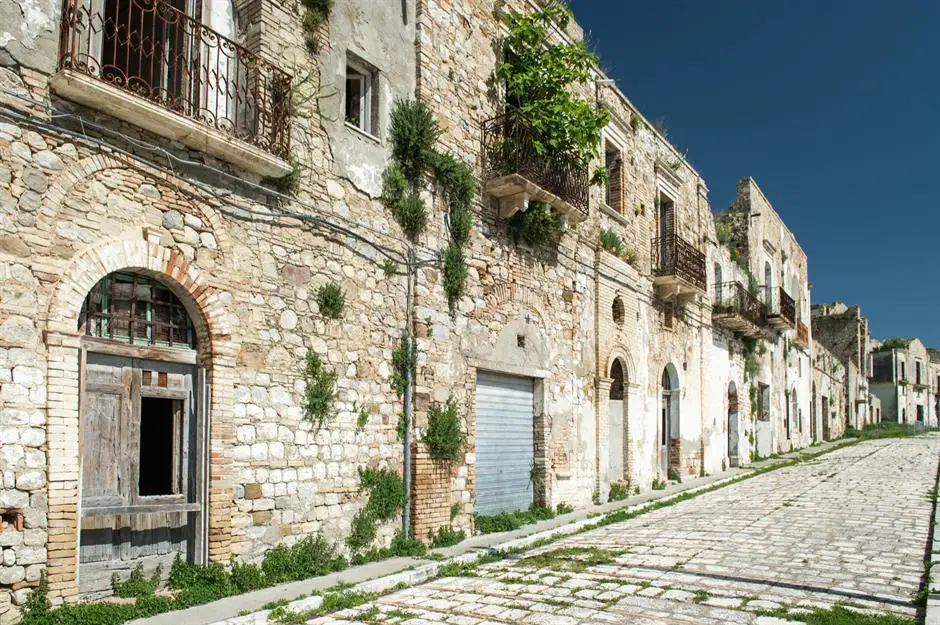
This hilltop village has a rich history, with occupation dating back to the 10th century BC. At its peak in 1881, Craco boasted a population of over 2,000 residents. However, the year 1963 marked the beginning of its decline when a landslide forced its inhabitants to relocate to a nearby valley. The situation took a turn for the worse in 1972 when devastating floods struck, and the final blow came in 1980 with a destructive earthquake that sealed the fate of this once-beautiful town.
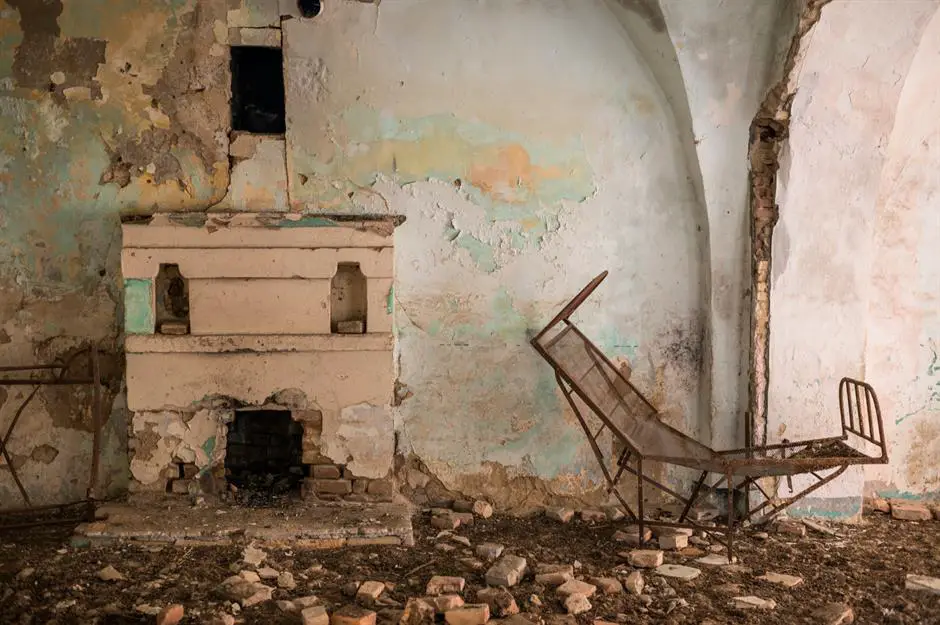
Inside the few remaining structures, traces of domestic life endure, with hearths and bed frames still visible amidst the dilapidation. These days, Craco is off-limits for safety reasons, but private guided tours are now available for curious tourists.
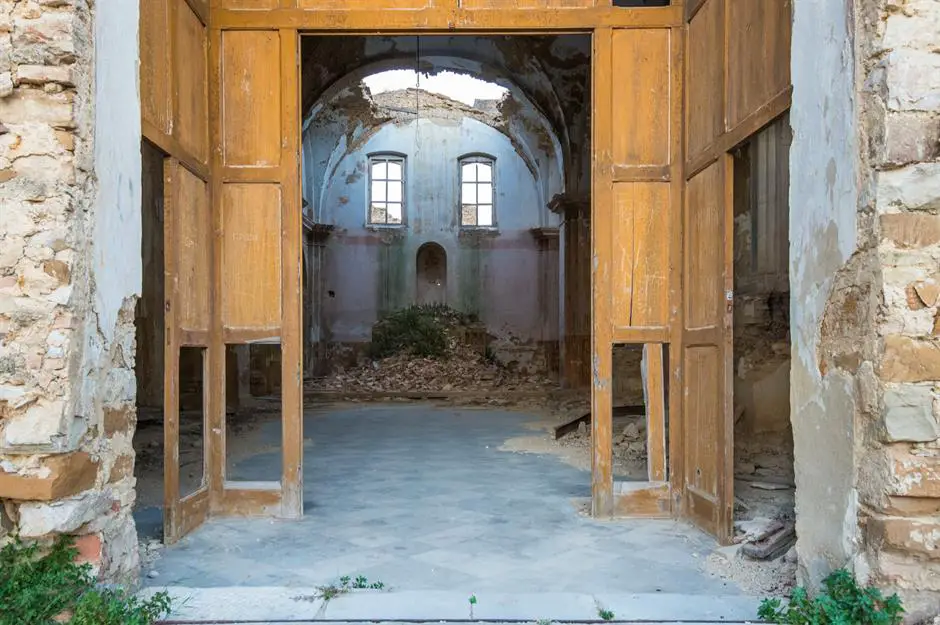
Despite its trials, Craco’s dramatic landscape has served as a backdrop for some of Hollywood’s most significant blockbusters, such as “The Passion of Christ” and “Quantum of Solace.” Decades later, the town’s mystical allure still lingers, with the San Nicola church’s vaulted columns offering glimpses of the former grandeur of this historic settlement.
Thames Town, Shanghai, China
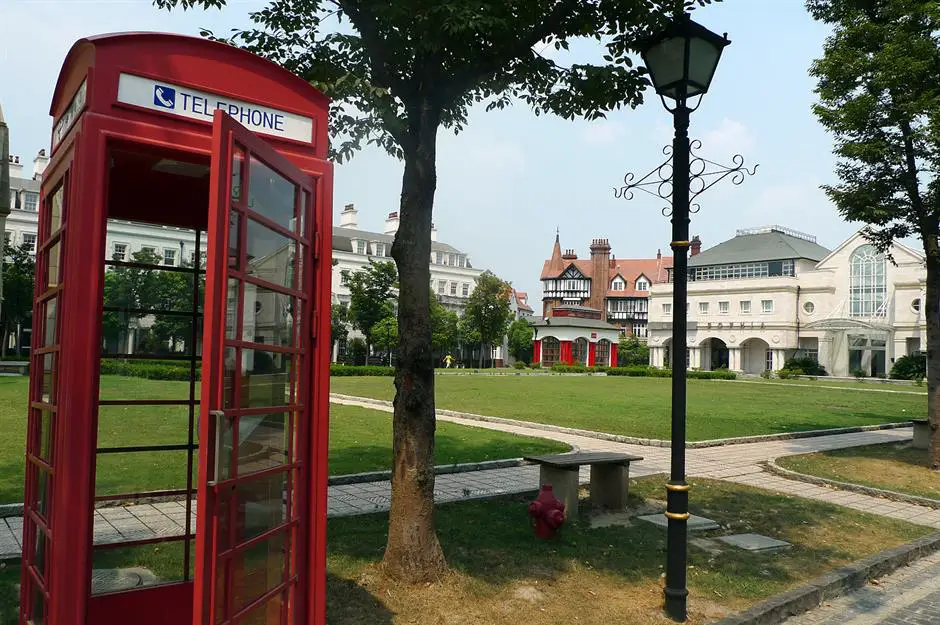
Nestled just 18 miles from the bustling heart of Shanghai, you’ll find a rather peculiar London-inspired ghost town. It’s a veritable imitation of all things British, from the iconic red telephone boxes and black cabs to its winding cobblestone streets and charming Victorian terraces.

This copycat community, often likened to “The Truman Show” in real life, was completed in 2006 at a staggering cost of $728 million (£572m). The project originated as part of an initiative to entice half a million people away from the overcrowded streets of Shanghai and into smaller satellite suburbs, carefully crafted to mimic the essence of European cities.
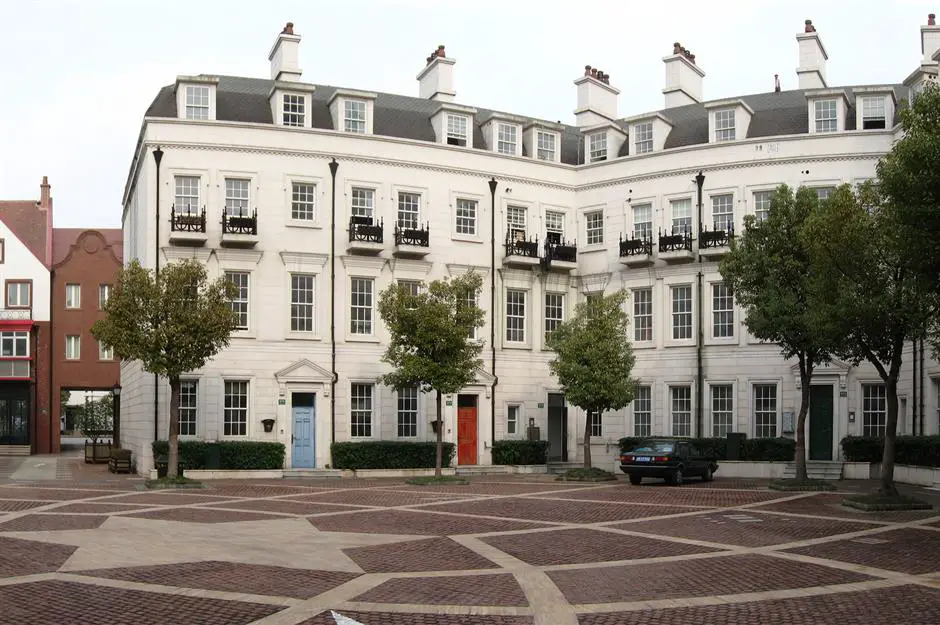
What was once a rice paddy field has now transformed into Thames Town, boasting a picturesque Gothic church, serene canals, mock-Tudor pubs, stately Edwardian townhouses, and even a petite castle. However, there’s one crucial element missing—people. Given that the property prices are well beyond the means of Shanghai’s middle-class residents, most houses were acquired as investments or second homes and now sit vacant.
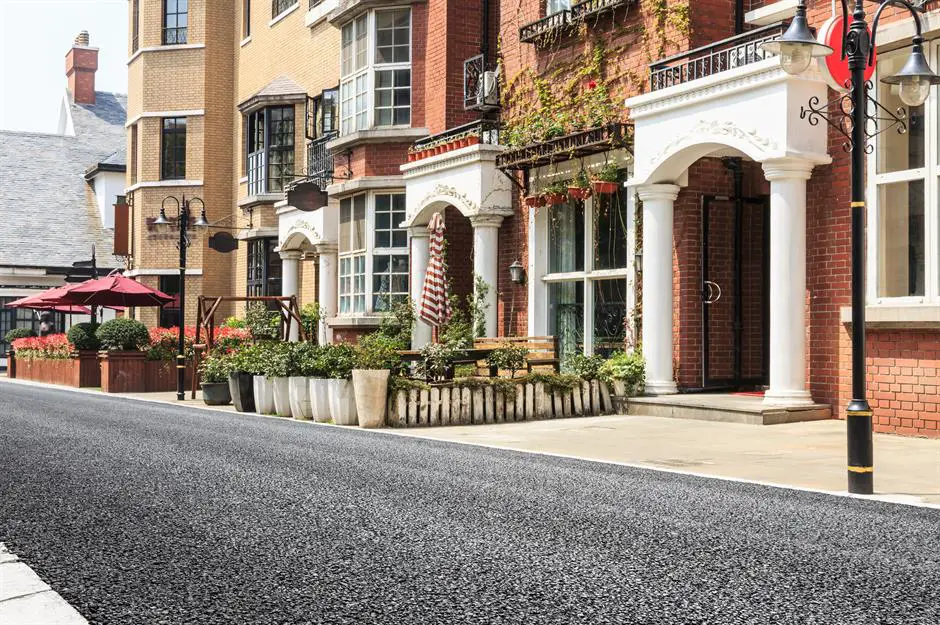
Although the location has become a popular backdrop for wedding photographs, it lacks a thriving community. Behind the impressive facades, many retail units and restaurants stand empty. Even the town’s bronze statues paying homage to iconic figures like James Bond, Harry Potter, and Charles Dickens fail to entice residents to this enigmatic place.
Glenrio, New Mexico and Texas, USA
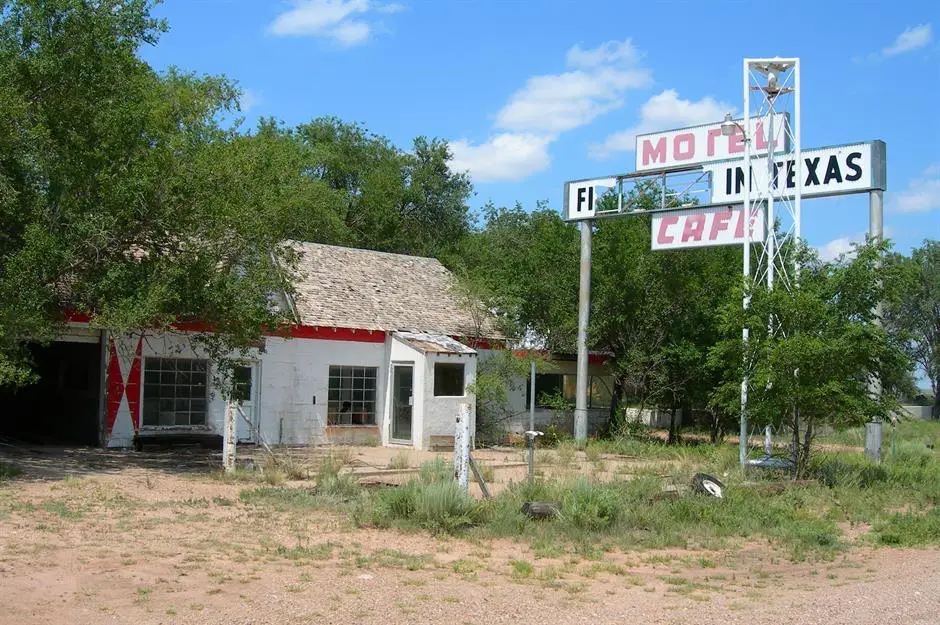
Nestled uniquely on the border between Texas and New Mexico, Glenrio had its humble beginnings as a railroad town back in 1903. It served as a crucial stop on the Rock Island and Pacific Road, featuring a charming ensemble of a motel, grocery stores, service stations, and cafes.
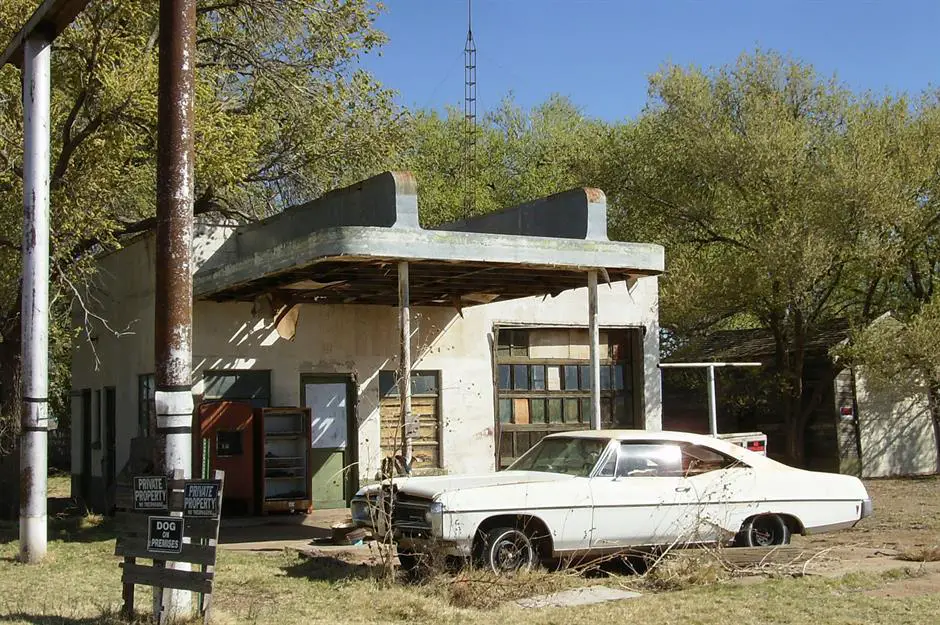
The 1930s brought about the advent of the national highway system, making Glenrio a favored pitstop for road trippers traversing the iconic Route 66. Despite a modest population that rarely exceeded 30, the small town thrived. It even found itself in the limelight as a filming location when John Steinbeck’s “The Grapes of Wrath” was shot there in 1940.
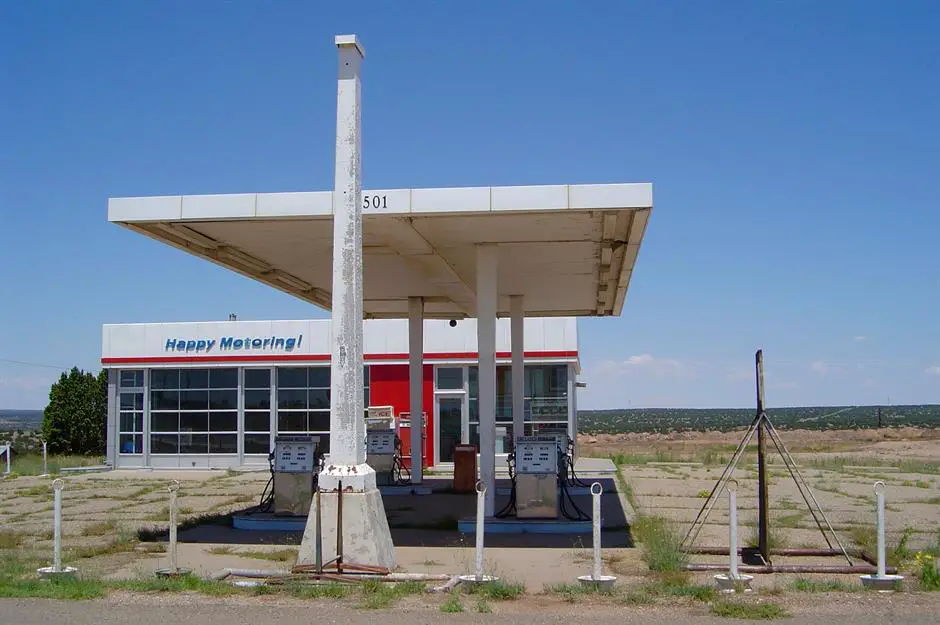
John Paul Ferguson, a former resident, fondly recalls his summer job at the gas stations and the steady flow of travelers passing through the town. However, Glenrio’s fortunes took a turn for the worse in 1975 when Interstate 40 was constructed, bypassing the town and diverting the tourist traffic elsewhere.
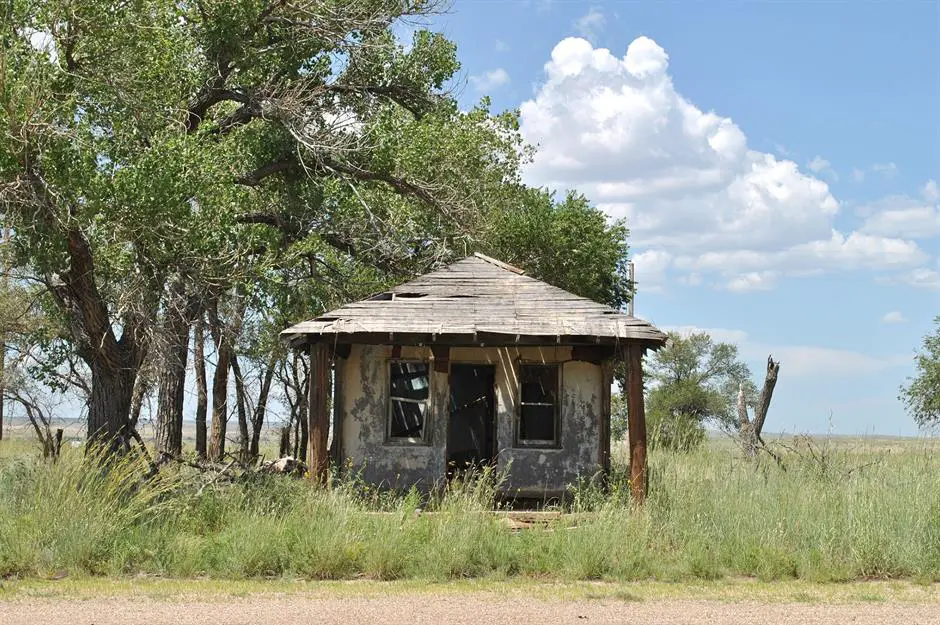
Today, all that remains of this once-bustling locale are 17 impeccably preserved buildings frozen in time for decades, alongside the remnants of the old Route 66 roadbed. This evocative site offers a poignant glimpse into America’s mid-century heyday and was rightfully listed in the National Register of Historic Places in 2007.
Ciudad Jardín Soto Real, Buniel, Spain
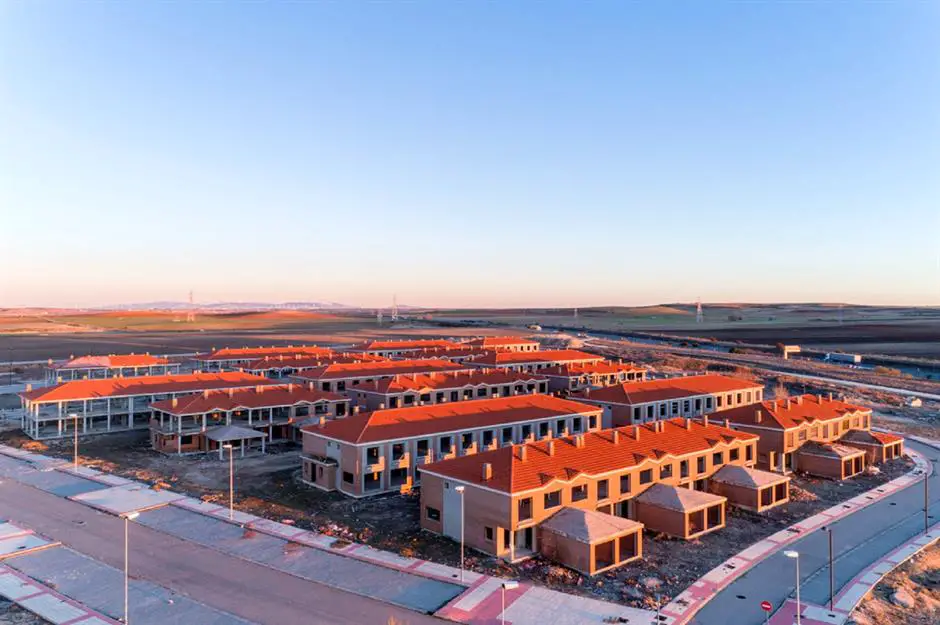
In the wake of the 2008 global financial crisis, Spain’s housing market was one of the hardest-hit, resulting in bankrupt developers and numerous housing projects left incomplete. Even after 12 years, Ciudad Jardín Soto Real, one of Spain’s largest developments, remains in a state of unfinished limbo.
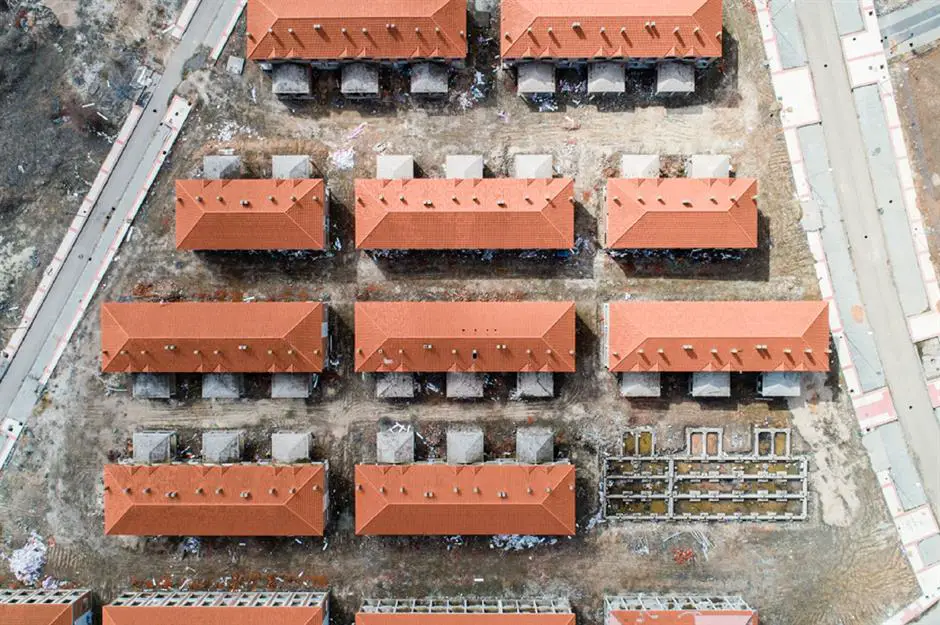
This town was documented by photographer Markel Redondo in 2018, serving as a stark reminder of the colossal impact of the financial crisis that unfolded almost overnight. Situated in Buniel municipality, only 312 of the proposed 1,400 homes in this development were ever constructed, and these structures remain in various stages of completion. The project was abandoned in the summer of 2008 when the construction company responsible, Martinsa-Fadesa, entered voluntary liquidation.
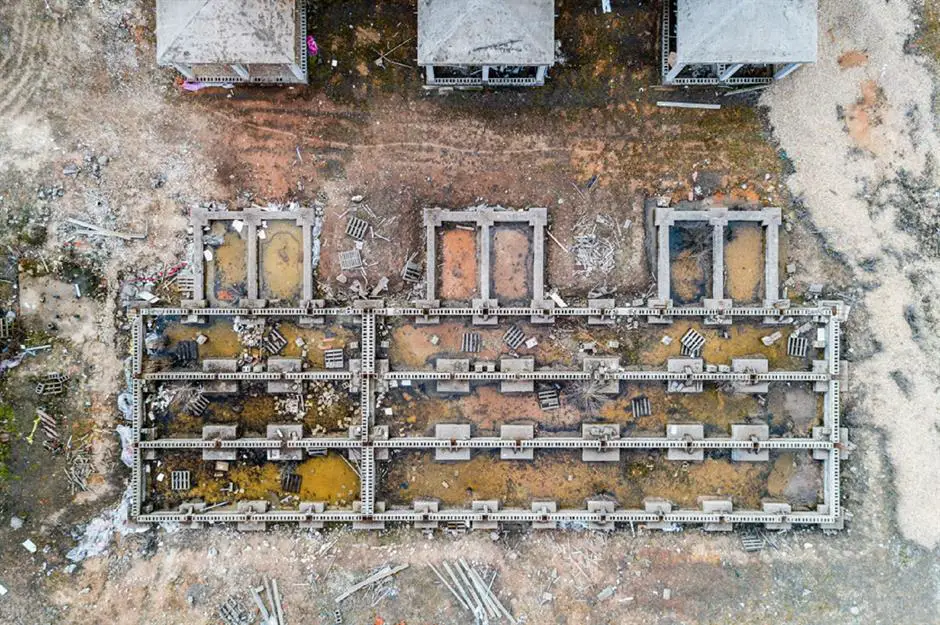
The site is now protected by high-security fencing, but over the years, thieves have stripped it of valuable materials, from copper wiring to bricks, and even the manhole covers on the estate’s roads. Yet, due to its somewhat remote location, Ciudad Jardín Soto Real has largely faded from collective memory.
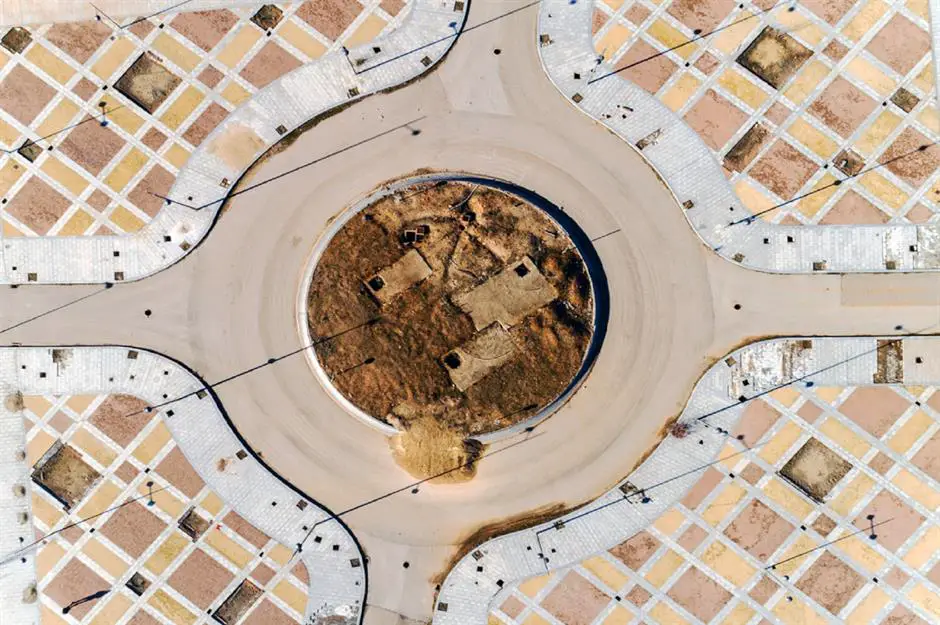
Unfortunately, this development is just one among many similar projects across Spain left to decay. Markel Redondo’s hope, in capturing the estate in its current state, is to urge the Spanish government to find productive uses for these properties. In 2018, he expressed the idea that these abandoned projects could address the pressing housing needs of many people. He noted that people are being displaced from their homes in major cities due to affordability issues. Currently, empty residential plots in these areas are available for just €3,000 ($3.3k/£2.6k), an enticing opportunity for those who don’t mind residing in a ghost town.
Centralia, Pennsylvania, USA

This Pennsylvania mining town, once inhabited by thousands, experienced an extraordinary event that led to its abandonment. In 1962, a peculiar fire began, and astonishingly, it continues to rage to this day, more than 55 years later.

The blaze ignited on the day before Labor Day, initially set intentionally to burn out an old landfill located beneath the town. However, this landfill was connected to a network of abandoned coal mining tunnels, and the fire swiftly spiraled out of control. Along Centralia’s deserted Highway 61, sulfurous gases still billow from a crack in the ground.
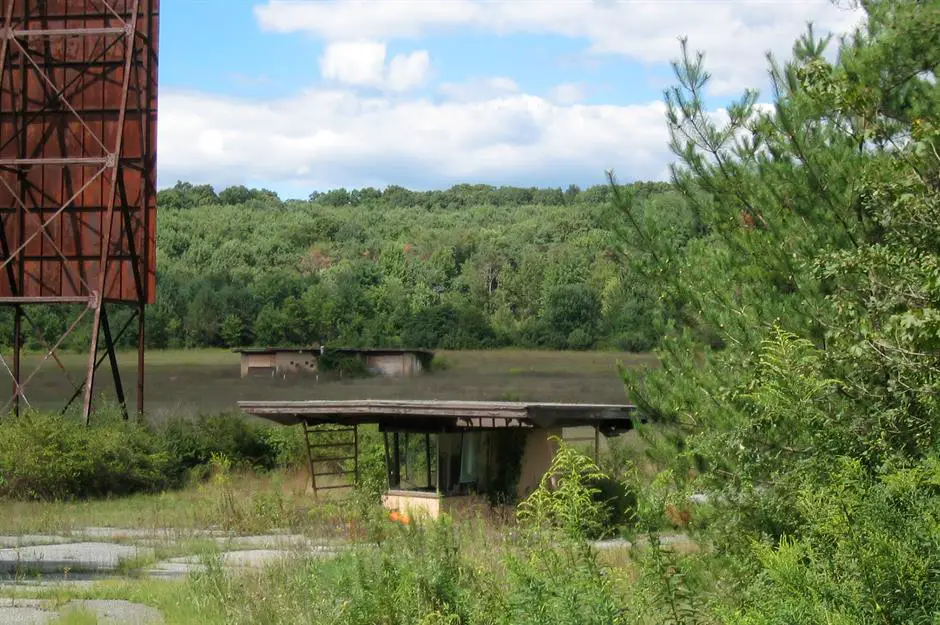
This inferno spewed toxic fumes into the air, and over the years, the ground beneath the borough reached temperatures exceeding 900 degrees in some areas. With gas infiltrating basements and sinkholes abruptly appearing, a $42 million (£33m) relocation plan prompted the majority of Centralia’s residents to leave the contaminated area in the 1980s.
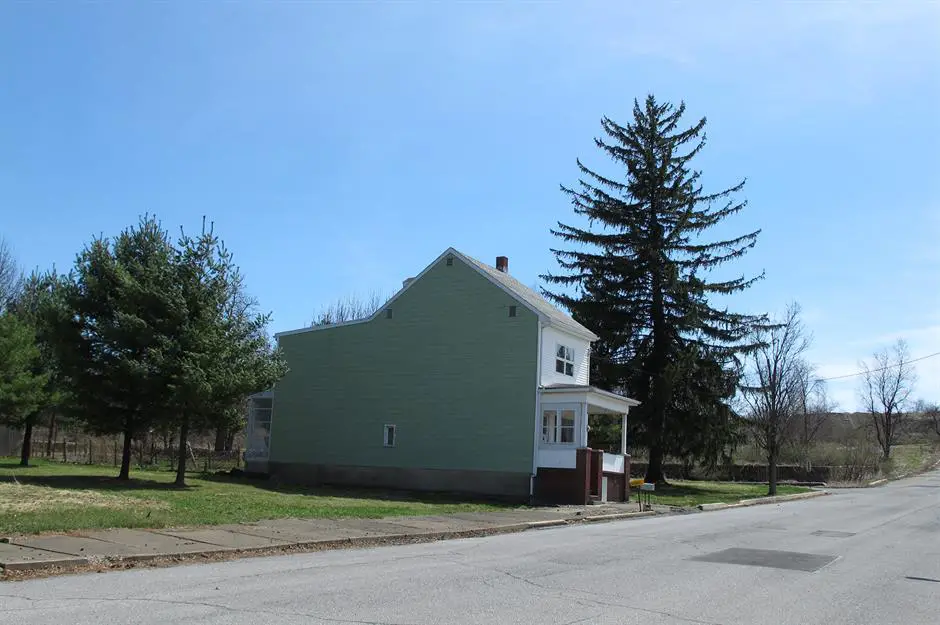
As people fled this hazardous town, most of the homes were demolished. However, as late as 2017, there were still four individuals living in Centralia, clinging to their old residences. These solitary properties serve as stark reminders of the town’s former life. Remarkably, the fire still burns today, with enough underground coal to sustain it for another 250 years.
Sanzhi Pod City, New Taipei, Taiwan
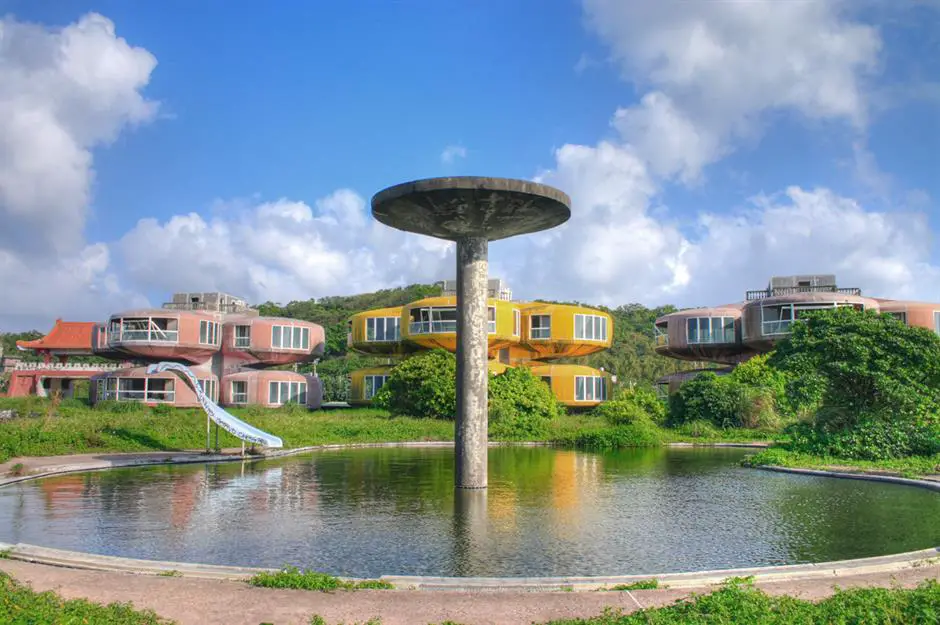
Shifting gears to a different location, the Sanzhi Pod City was conceived as a seaside holiday resort for US military officers and middle-class Taiwanese. However, this eerie development was never completed, and it was left to decay in 1980, creating an unsettling and abandoned atmosphere.
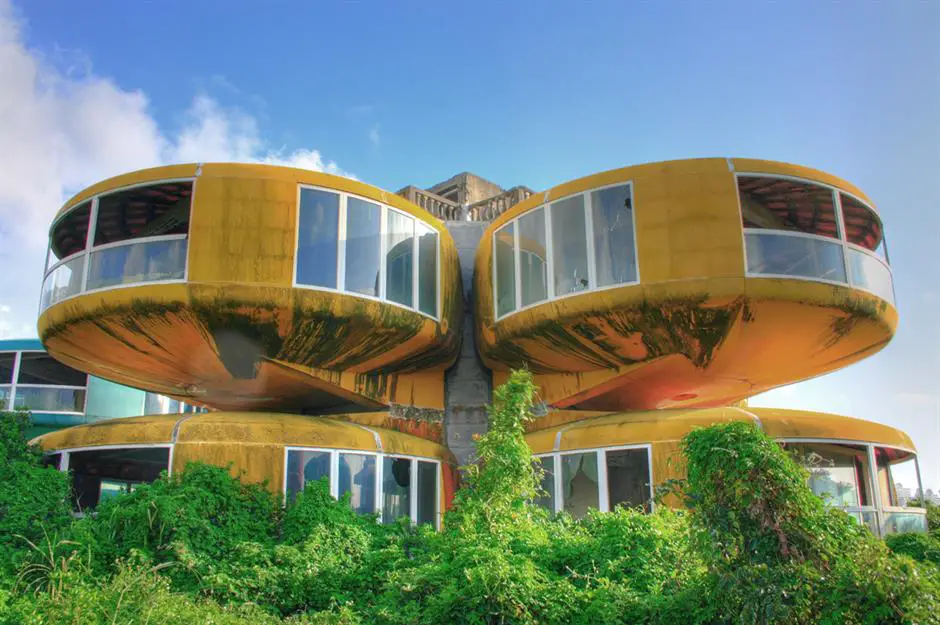
Situated on Taiwan’s northern coast, the futuristic resort town of Sanzhi was an intriguing sight to behold. It featured an array of vibrant UFO-shaped homes and a sprawling swimming pool complex. However, just two years into its construction, the project came to a sudden halt, with developers attributing their decision to financial difficulties following investment losses.
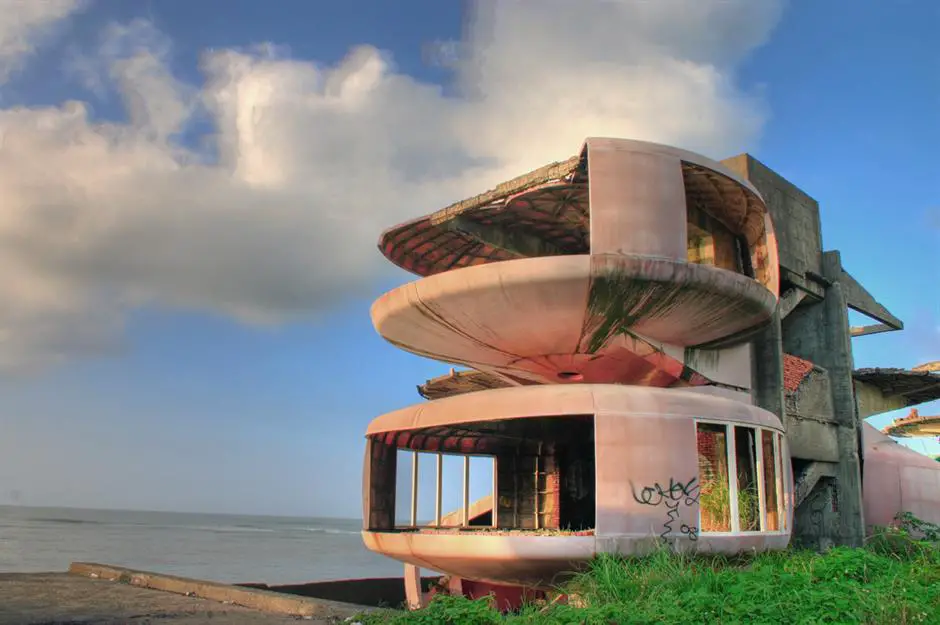
These homes were designed in a retro style that was in vogue at the time, but their unique and high price tags deterred potential buyers. As a result, these distinctive pods found few takers, and they eventually succumbed to the encroaching forces of nature. The once-futuristic resort was left to decay, its structures adorned with graffiti and attracting curious tourists.
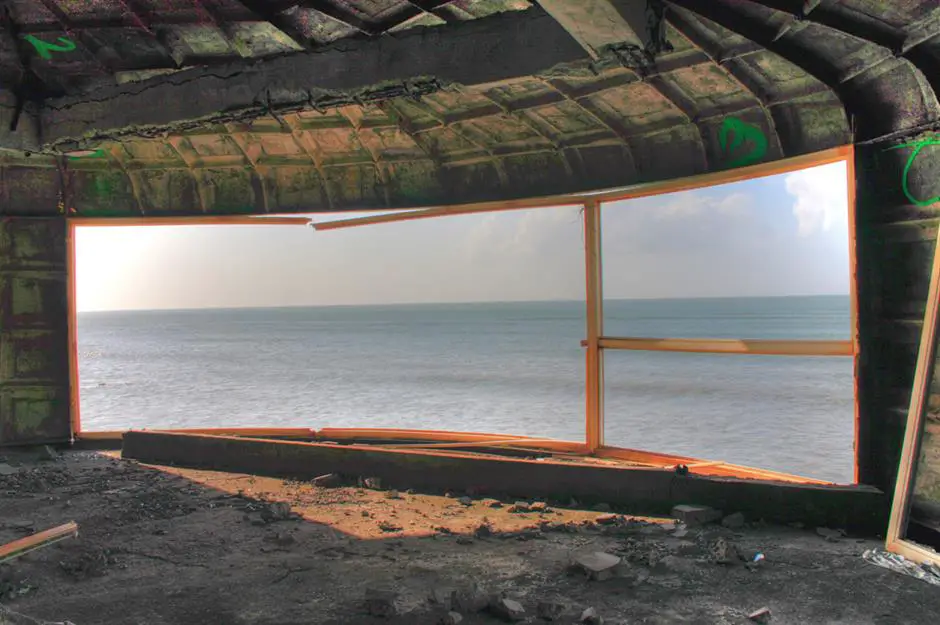
In 2010, the abandoned development, originally intended to offer residents serene sea views, was razed to the ground. The plan was to transform the site into a resort and waterpark. However, as of 2023, none of the pod homes remain, and there are no signs of progress on the planned redevelopment. It remains an open question whether this project will ever see the light of day.
Wittenoom, Pilbara, Australia
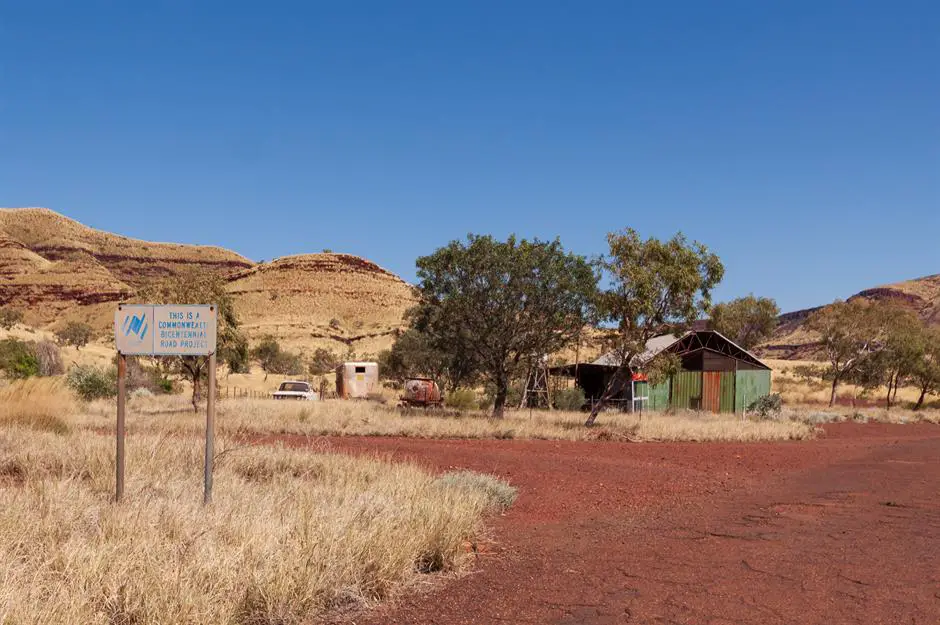
The seemingly unremarkable small town of Wittenoom, once nestled in the arid Pilbara region, has earned a grim reputation as one of the most hazardous and polluted places on Earth. What lay hidden beneath its dusty surface was a shocking and deadly secret.

From the 1930s to the 1960s, Wittenoom was home to approximately 20,000 residents, many of whom were employed in Australia’s sole blue asbestos mine located in the area. Tragically, more than 2,000 deaths have been linked to the toxic mining activities in the town. Eventually, in 1966, the mine ceased operations for good.
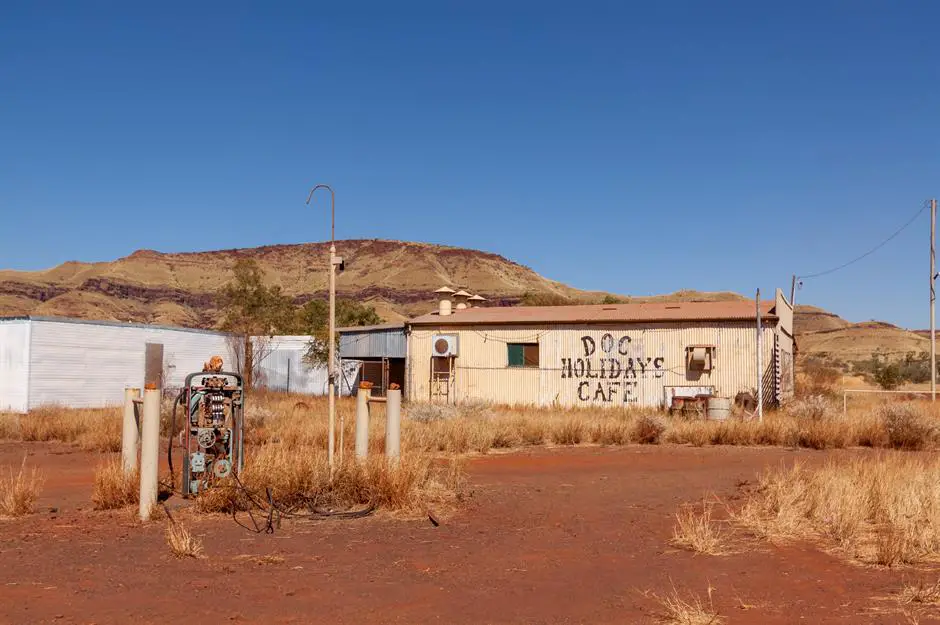
Following the mine’s closure, the town’s population began a precipitous decline, leaving structures like Doc Holiday’s Cafe to deteriorate into dust. In 2007, the government of Western Australia officially erased Wittenoom from the map, severing its electricity supply and mail services.

This town was labeled one of Western Australia’s most significant industrial disasters, and although the government discouraged visitors from entering the contaminated area, Wittenoom became a popular destination in recent years for those seeking “dark tourism.” However, in May 2023, the process of demolishing Wittenoom’s remaining buildings commenced, bringing a somber end to this town’s tragic and polluted history.
Tyneham, Dorset, UK
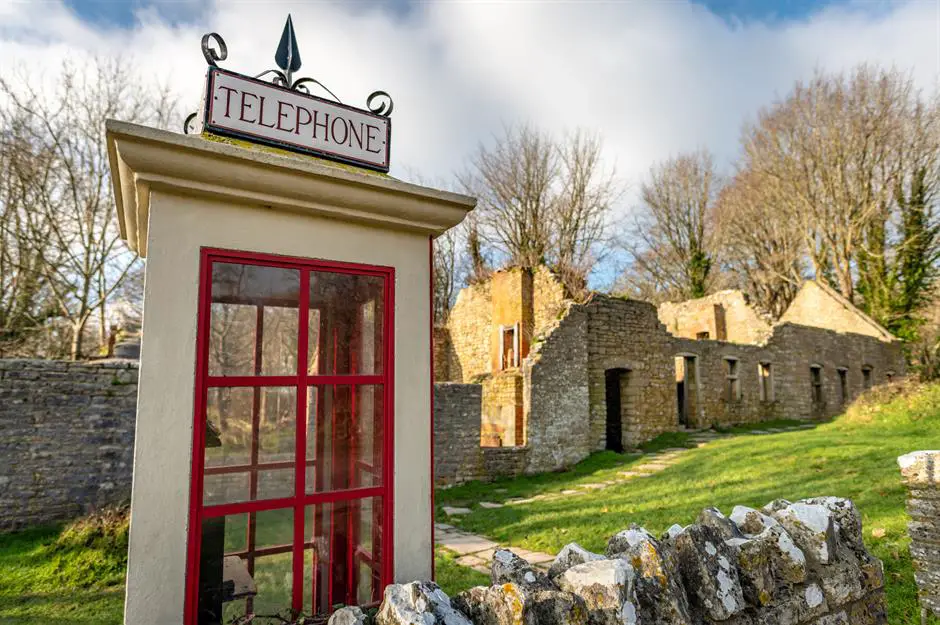
The rural village of Tyneham, nestled in the southwest of England, was once a thriving community of 225 people. However, it now lies in ruins, its residents having evacuated just before Christmas in 1943, though the decision wasn’t entirely their own.
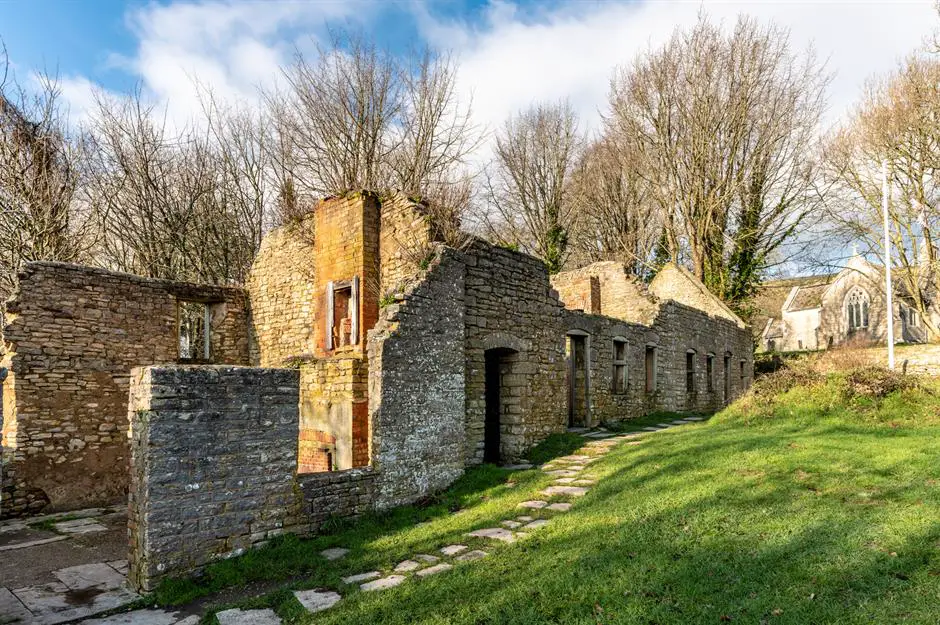
As World War II raged on, the War Office requisitioned Tyneham for use as a tank firing range in preparation for D-Day. Residents were assured that they could return to their homes once the war concluded. As they departed, a note was affixed to Tyneham Church’s door, expressing gratitude: “Thank you for treating the village kindly.”
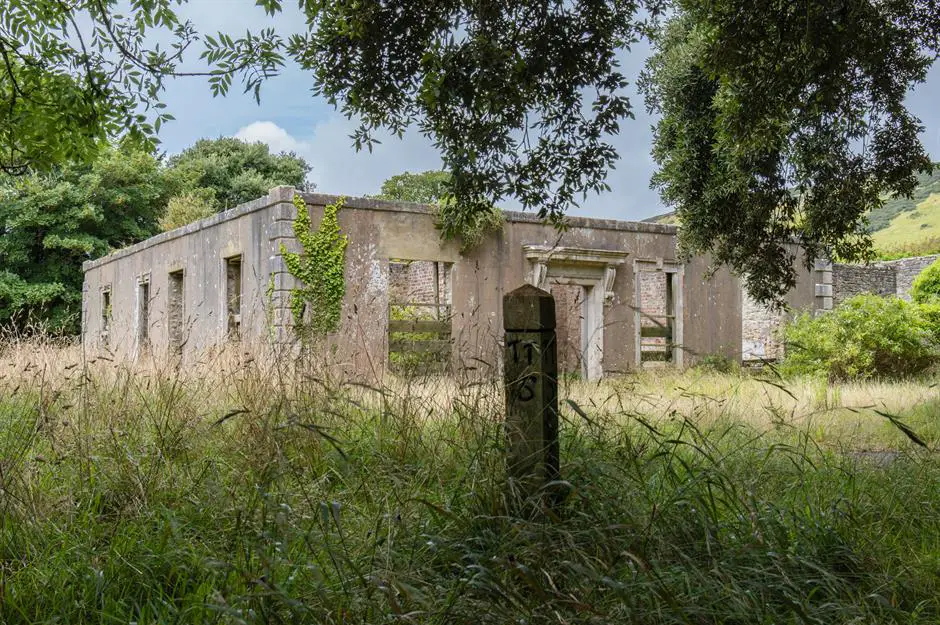
Regrettably, the residents of Tyneham never did return. Decades later, the village’s manor house stands as a relic of its former self, while the post office, rectory, and cottages lie roofless and in disrepair. Although the evacuation was meant to be temporary, the army issued a compulsory purchase order for the land in 1948, and it has remained under military control ever since.
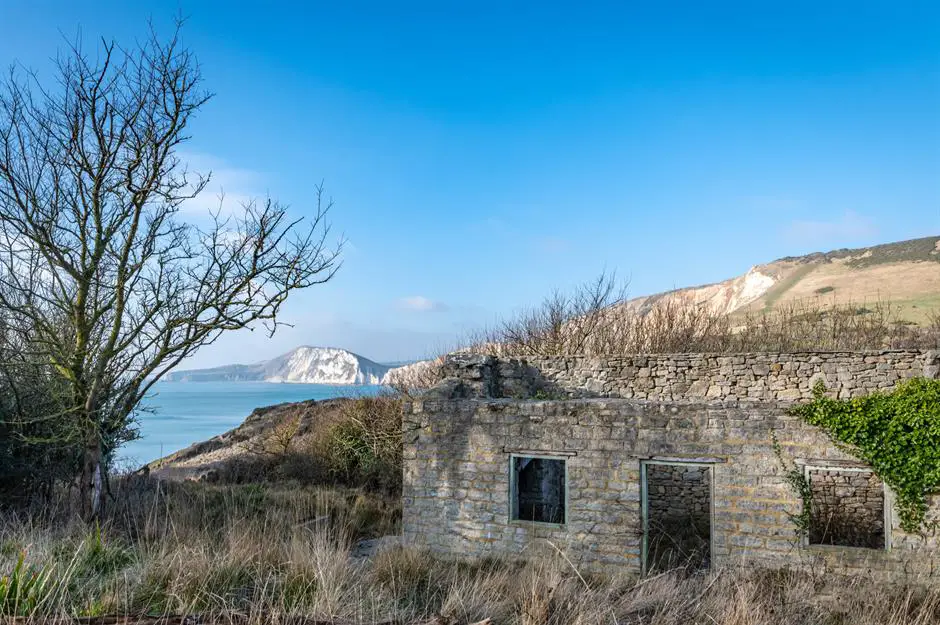
The eerie charm of Tyneham’s abandoned spaces has captivated passing walkers for years. One can only imagine the splendid sea views that the former residents once enjoyed from the now-dilapidated farmhouse. While the church and school have undergone restoration, parts of the village were closed to the public in late 2019 after the Ministry of Defence deemed seven buildings unsafe. The future of Tyneham remains uncertain, hanging in the balance.
Pripyat, Ukraine
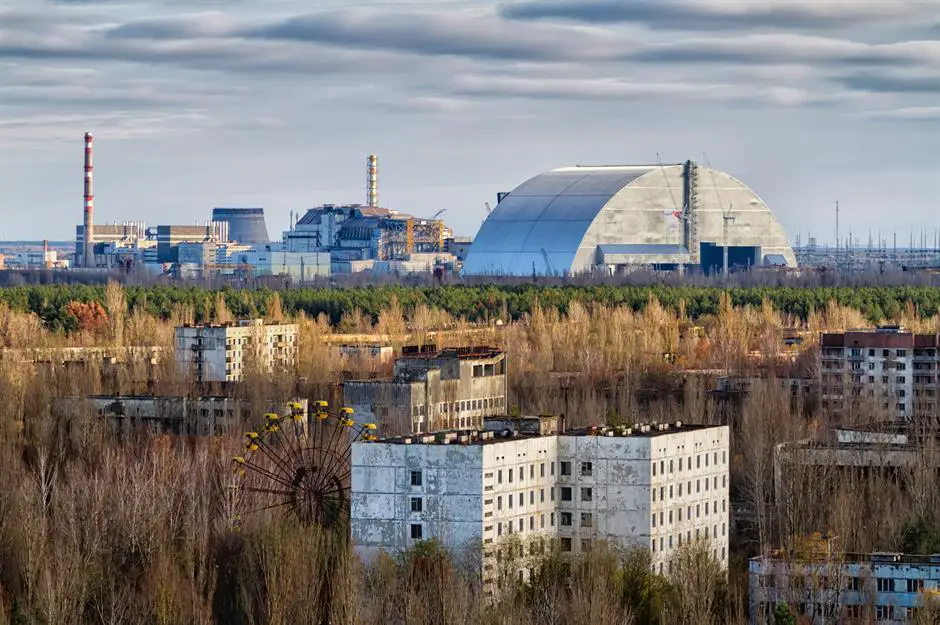
Ukraine has faced a series of devastating challenges, including the invasion by Russia in February 2022. However, on April 26, 1986, the country was shaken by a different catastrophe when the number 4 reactor at the Chernobyl nuclear power plant exploded during blackout tests. Pripyat, located just a few kilometers from the disaster site and home to over 49,000 people, was swiftly evacuated within 36 hours.
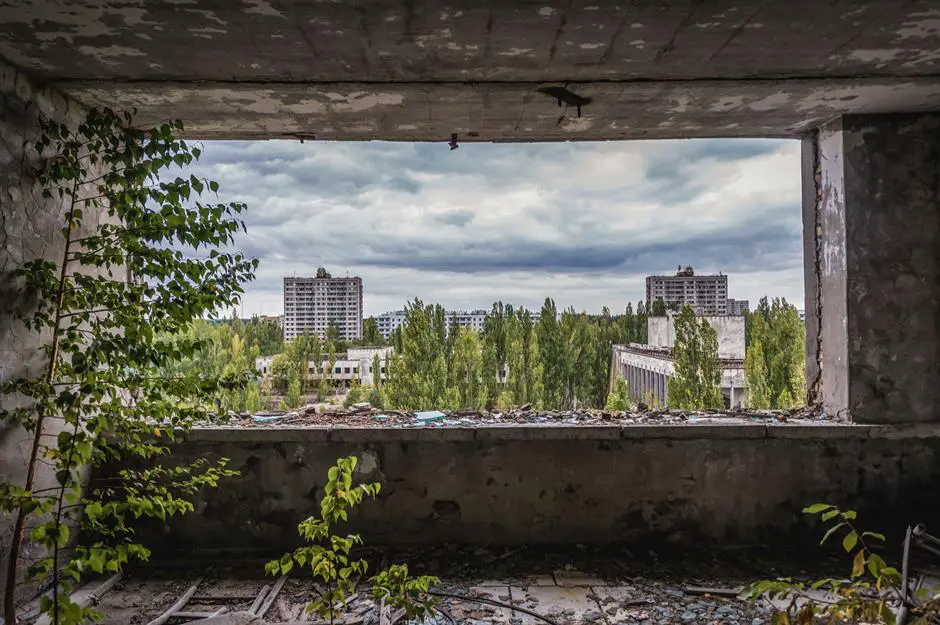
Deemed radioactive and uninhabitable for at least 24,000 years, nature has reclaimed the city. As depicted here in images taken before the war, towering trees now vie for space with dilapidated apartment blocks, breaking through the concrete of what were once bustling pathways and roads. Despite being one of the world’s most inhospitable cities, the landscape has become fertile ground for Mother Nature to thrive.
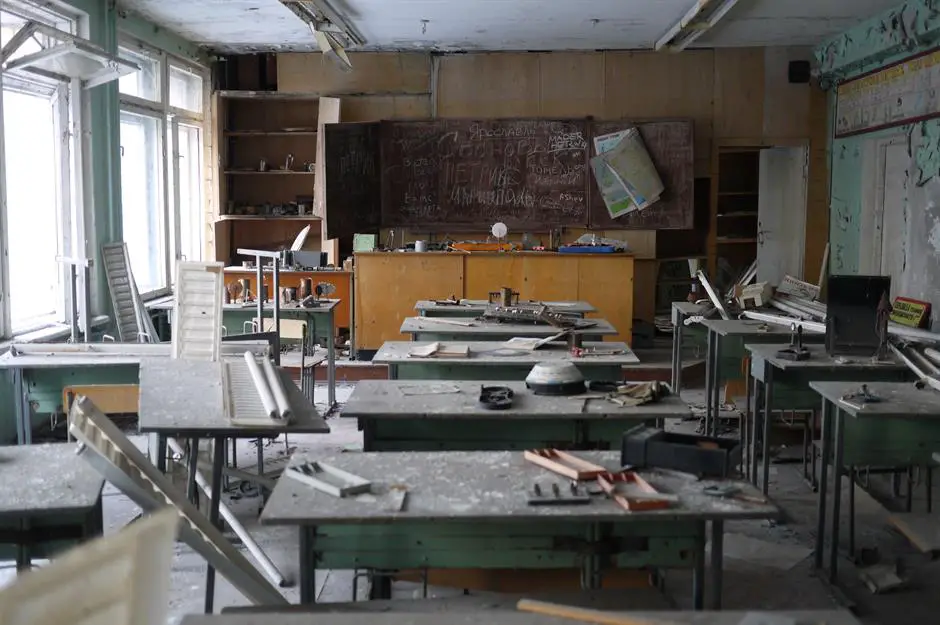
Following the Chernobyl explosion, residents fled as quickly as possible, taking only essential items with them. Belongings remain scattered inside residential homes and public buildings. In this classroom, notebooks and stationery still litter the desks, with the notes from the last lesson visible on the blackboard.
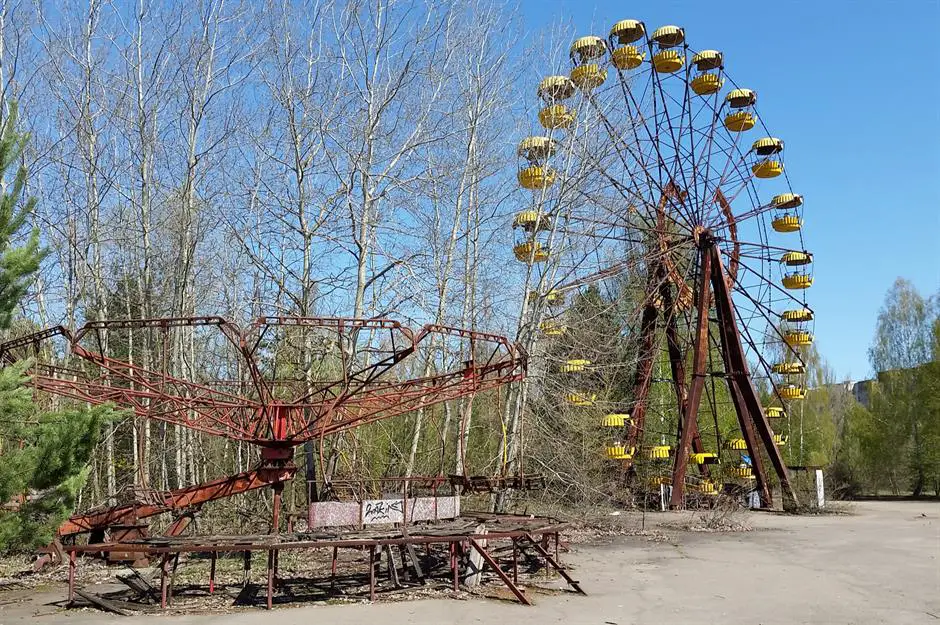
The Pripyat Amusement Park’s yellow Ferris wheel, once a symbol of carefree days, now starkly contrasts with its overgrown surroundings. Situated at the heart of the Exclusion Zone, it’s unlikely that life in this area will ever return to normal. Nevertheless, this hasn’t deterred curious tourists, with tens of thousands visiting this tragic region before the war. Since the Russian invasion, ongoing fighting and instability have posed a significant international concern, particularly around Ukraine’s Zaporizhzhia Nuclear Power Plant, which was seized by Russian forces in October 2022. The presence of conflict in the area raises fears of another potential nuclear disaster for this beautiful country.
New Idria, California, USA

Tucked away in a dry canyon in San Benito County, California, New Idria is a relatively recent relic of days long past. The town consists of a collection of weather-beaten steel buildings, all that remains of the once-thriving mining settlement that was abandoned in the 1970s.
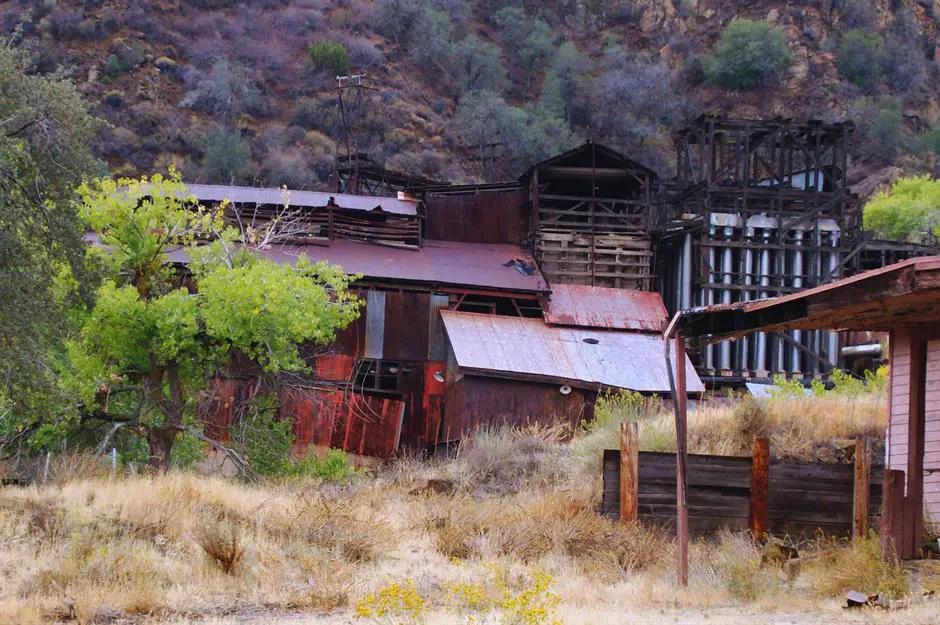
New Idria was established to serve the New Idria Mercury Mine, which commenced operations in 1854. The town prospered as approximately 300 workers flocked to the area, resulting in the construction of a school, post office, and residential homes on previously barren scrubland. However, when mining activities ceased in 1972, the town’s livelihood evaporated, and its last residents moved to more prosperous areas.
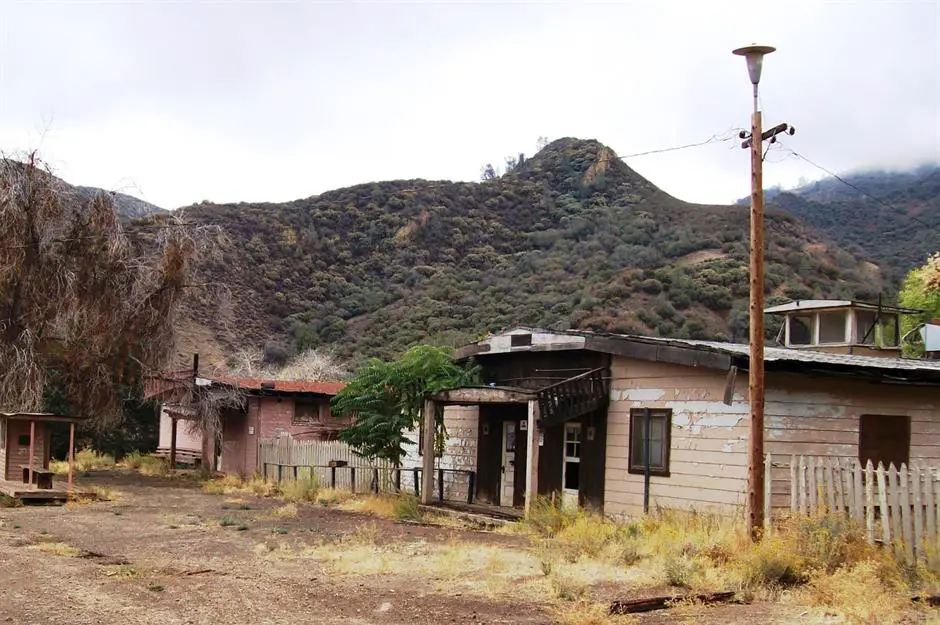
Today, New Idria stands as a desolate ghost town, with over a hundred structures still standing on the abandoned site. Concerns about mercury contamination have haunted the town over the years, leading to its inclusion in the Environmental Protection Agency’s Superfund List of polluted locations in 2011.

A yellow posted sign cautions trespassers to stay away from this abandoned clapboard home; however, it appears that the prospect of a surge in visitors is no longer a concern in New Idria.
Burj Al Babas, Bolu Province, Turkey
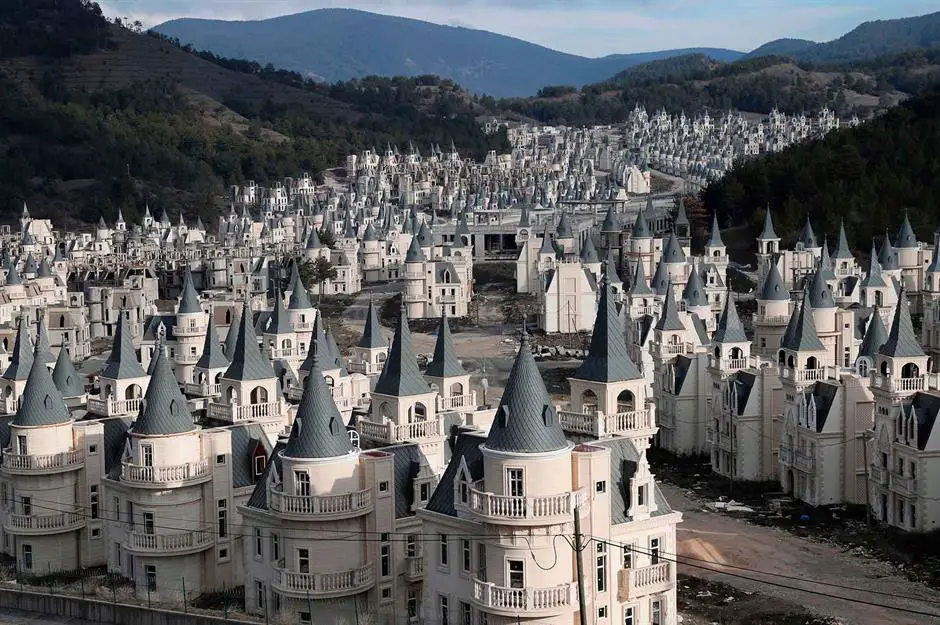
Nestled in a remote, mountainous location, halfway between Istanbul and Ankara, lies a surreal modern ghost town known as the Burj Al Babas development. In this eerie landscape, hundreds of miniature châteaux, in varying states of completion, stand in a hauntingly quiet valley, frozen in time after funding for the project ran dry.

Construction of the Burj Al Babas project in Turkey commenced in 2014, led by the Sarot Group. While 587 châteaux were completed, the project came to a grinding halt after the Turkish economy collapsed in 2018, leading the company to declare bankruptcy.
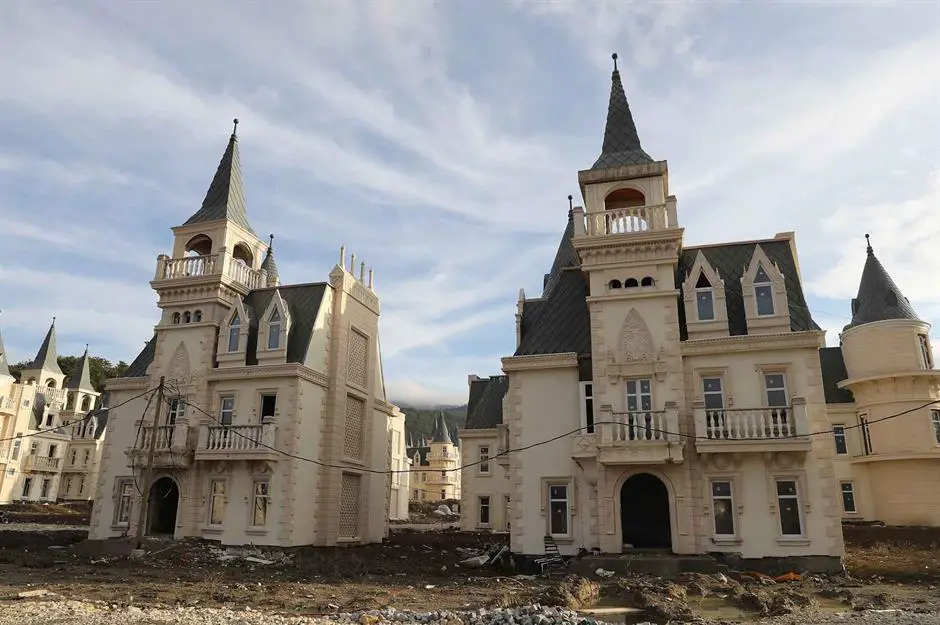
Originally designed to house 732 villas, along with a shopping center, cinema, restaurants, and fitness facilities, these nearly identical three-story castle-like homes were valued between $400,000 (£314k) and $500,000 (£393k) each. With turrets and elaborate circular balconies, they resemble something out of a fairytale, like scenes from Cinderella.
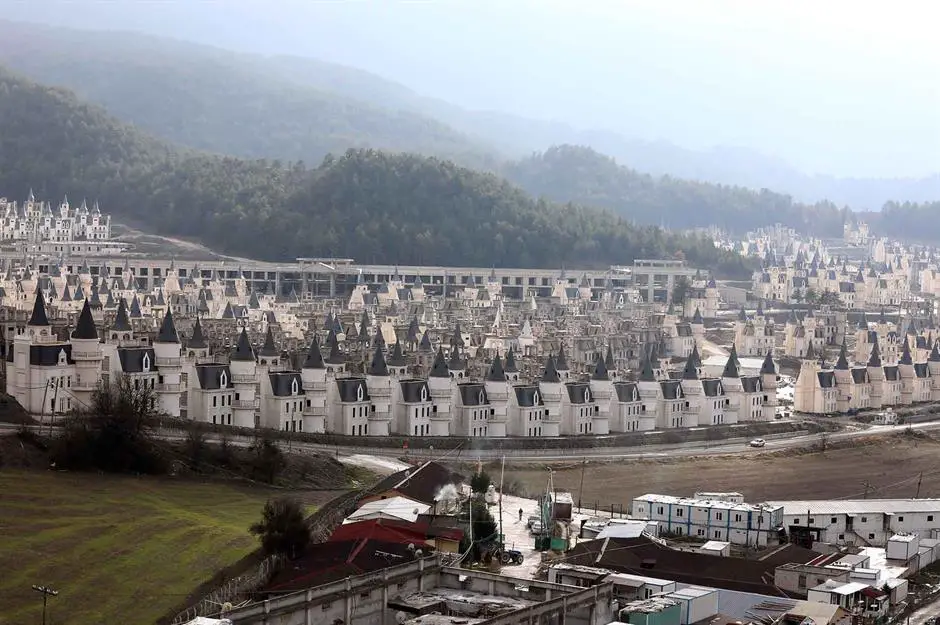
The abandoned construction site can still be glimpsed just beyond the boundaries of the $200 million (£157m) estate. In 2019, the deputy chairman of the Sarot Group expressed optimism that the project would finally be completed by 2021, having managed to write off half of their debt, as reported by the Hurriyet Daily News. However, it appears that the pandemic put that dream on hold, and it seems unlikely that this fairytale development will have a happy ending anytime soon.